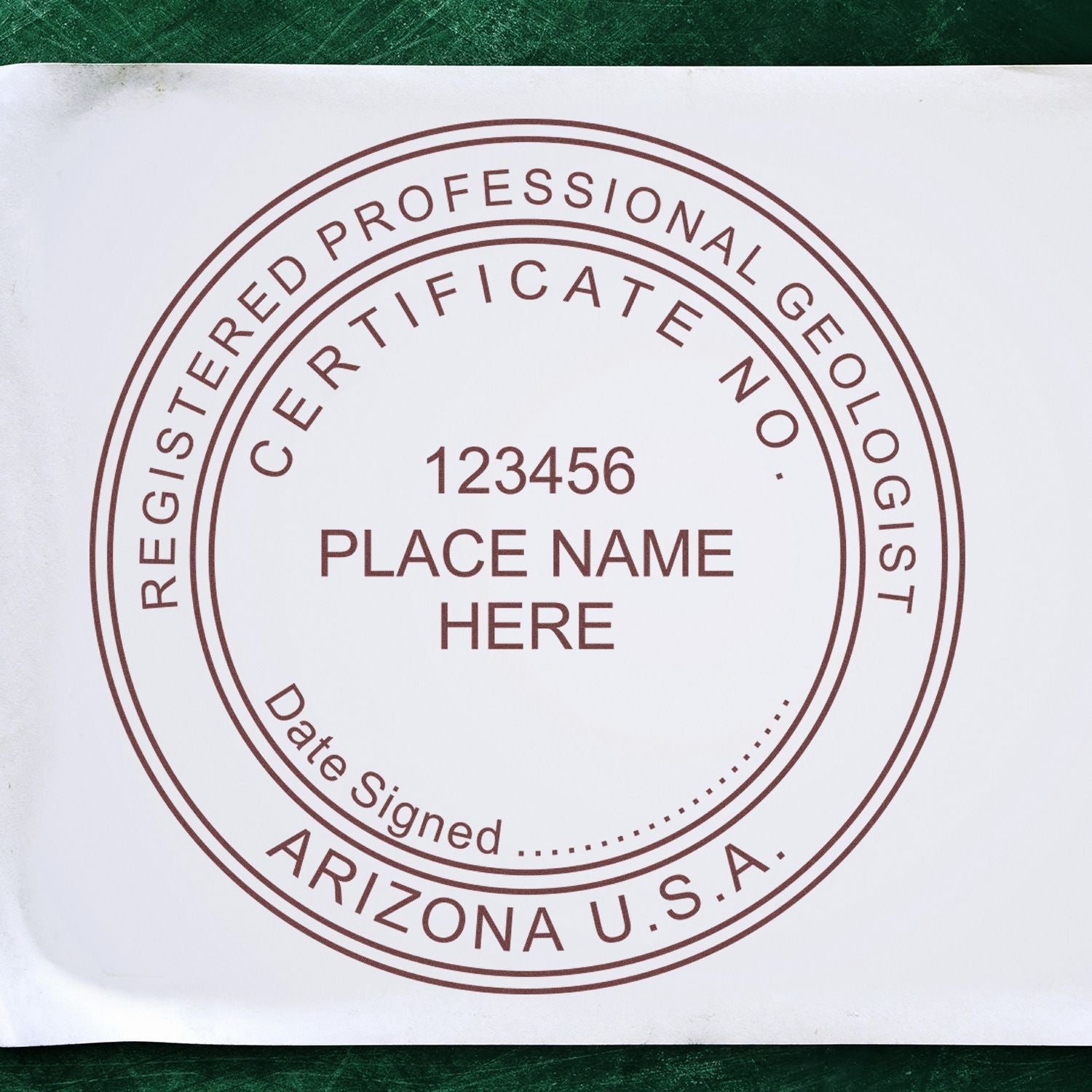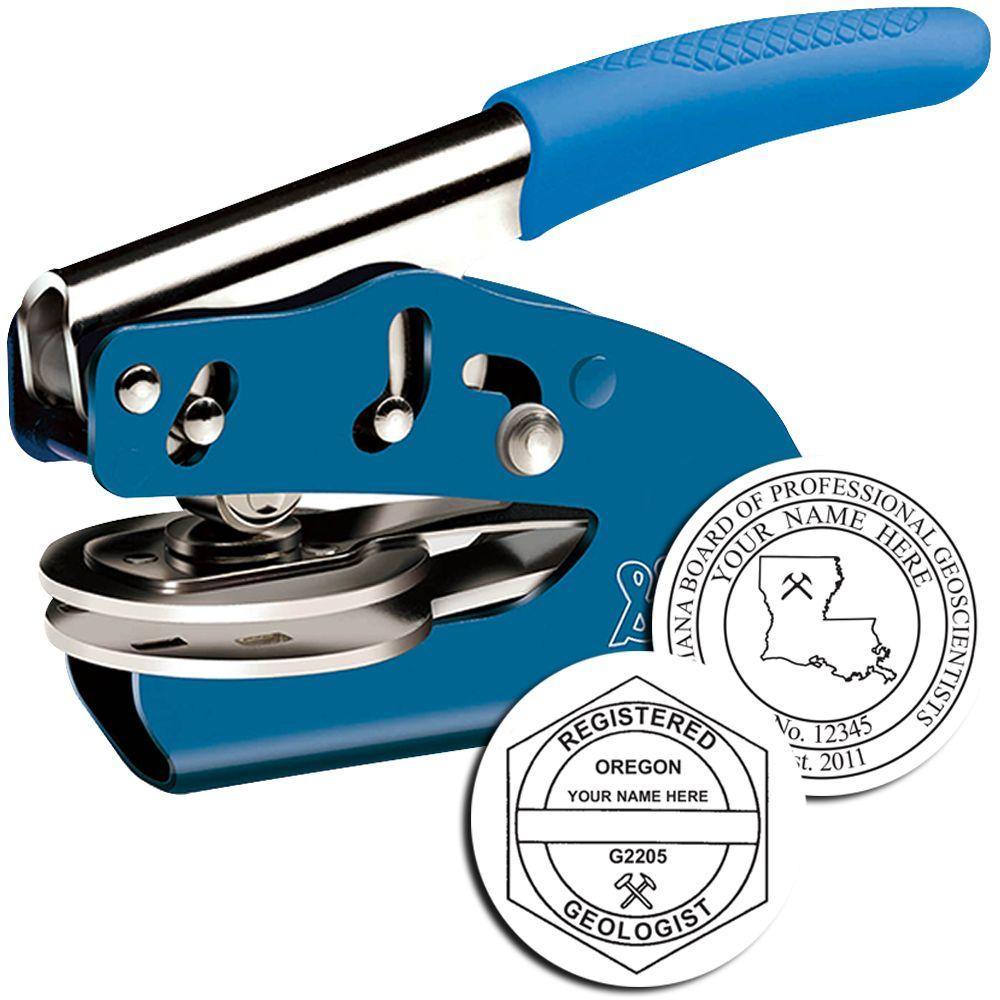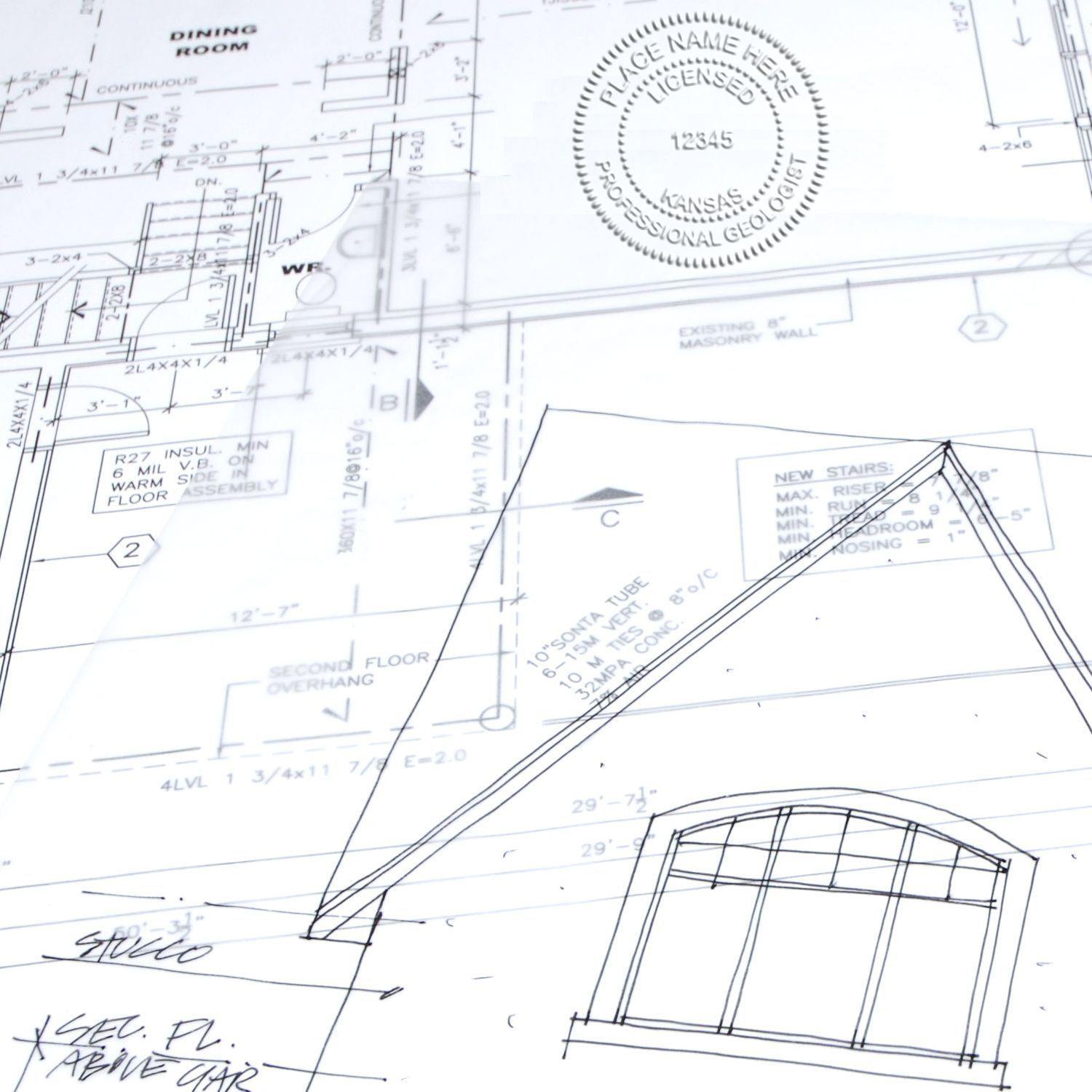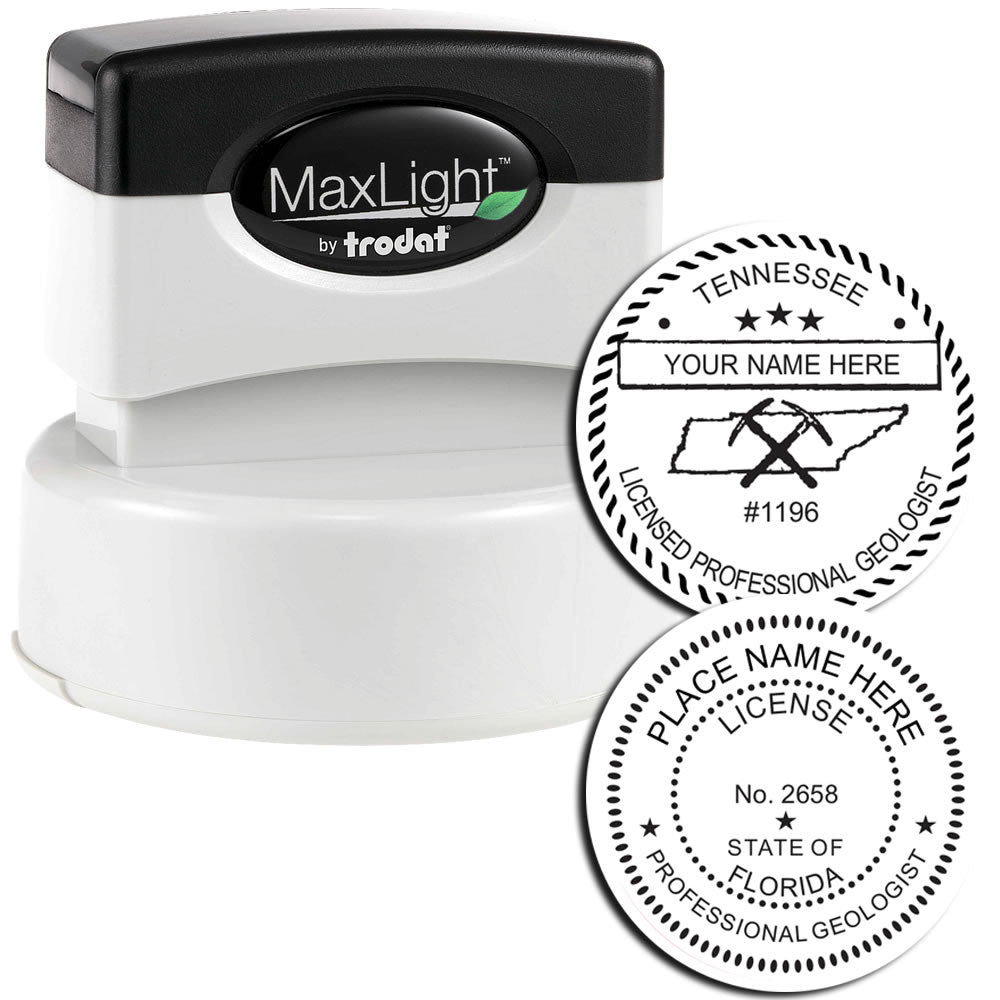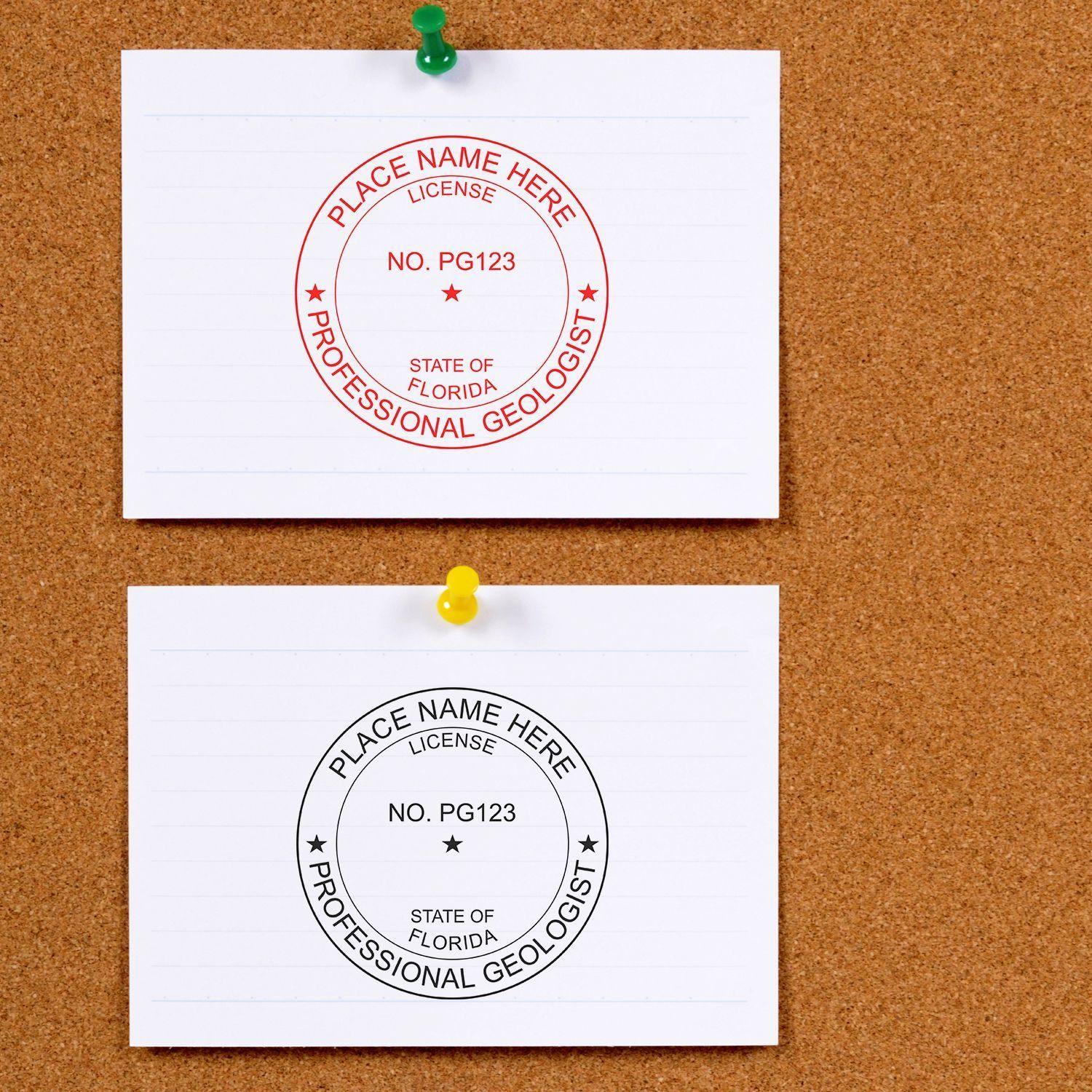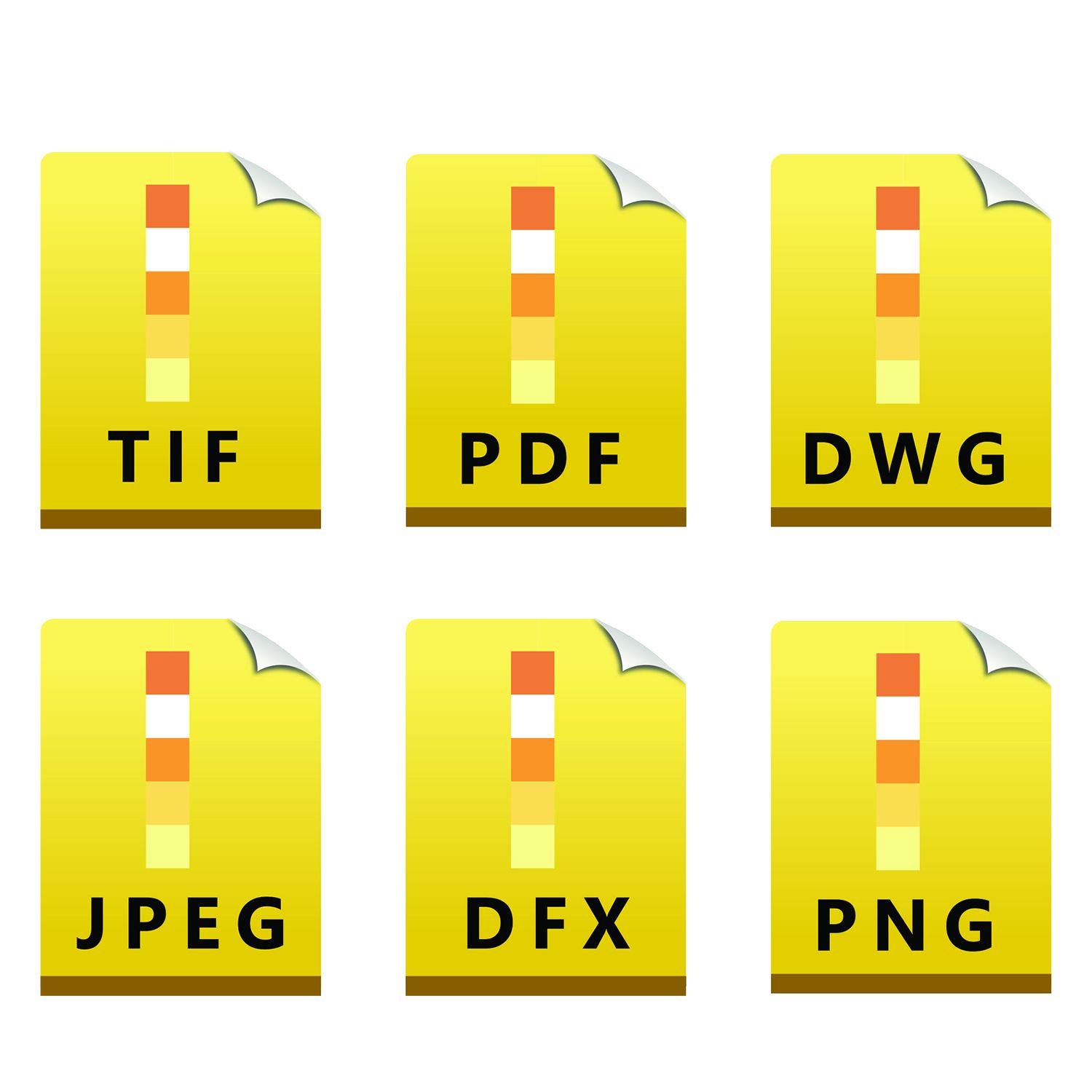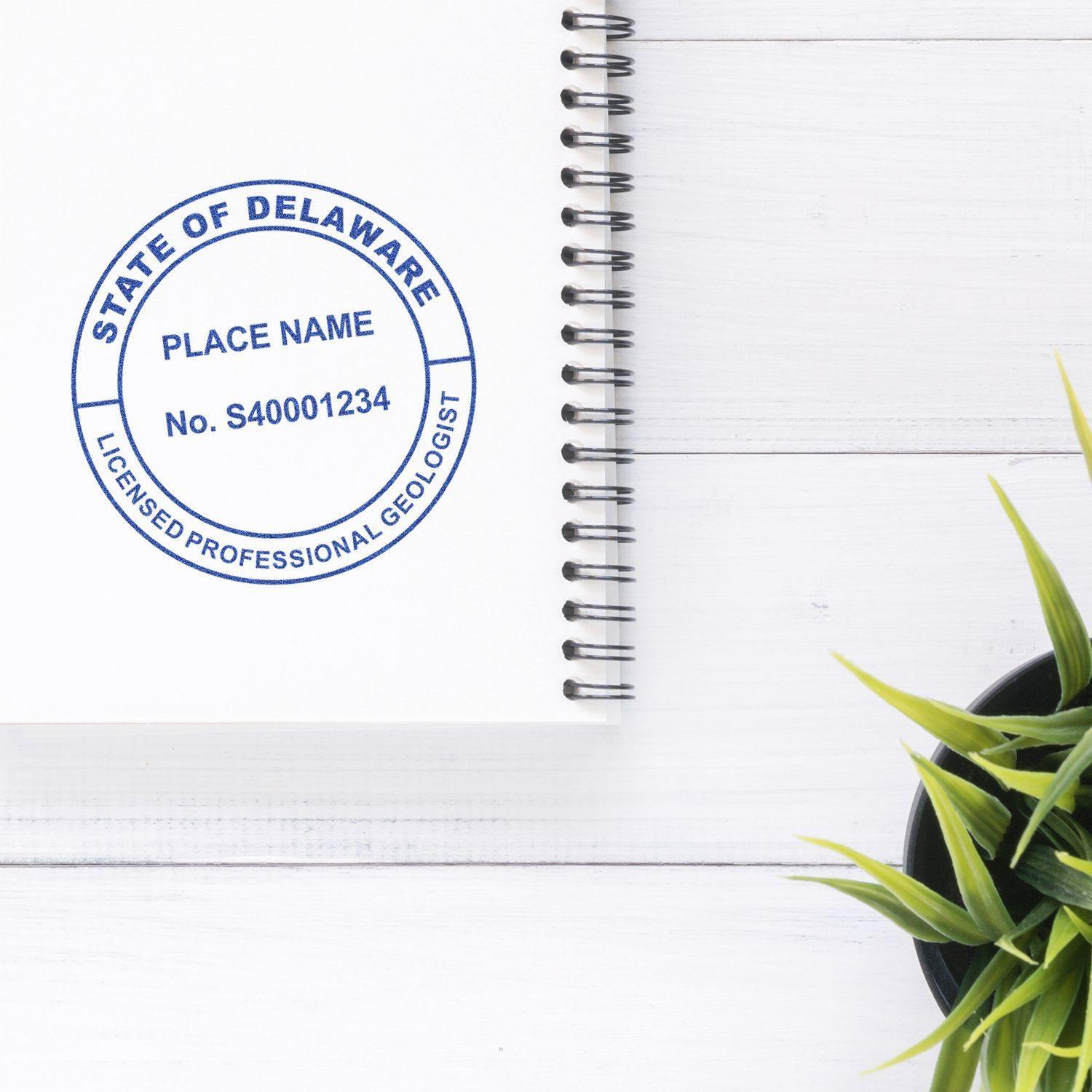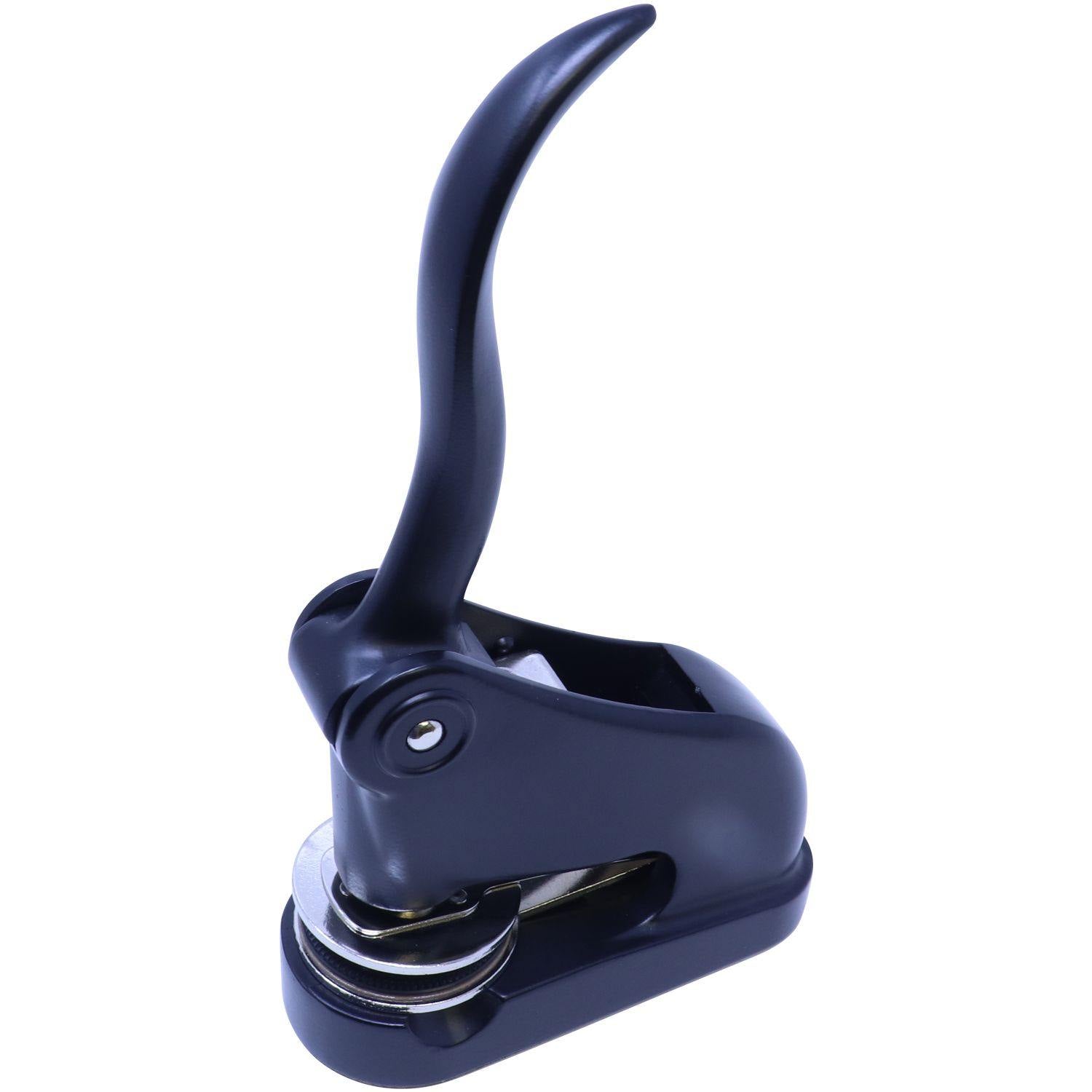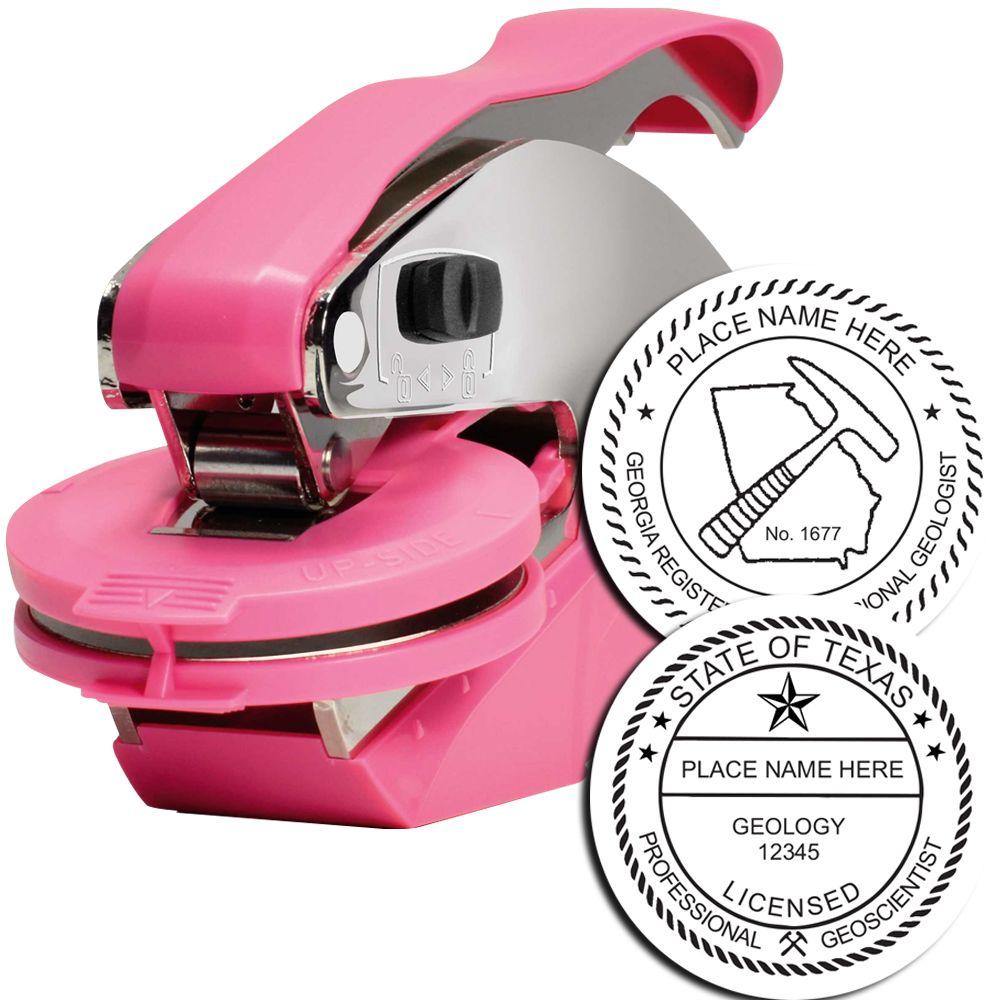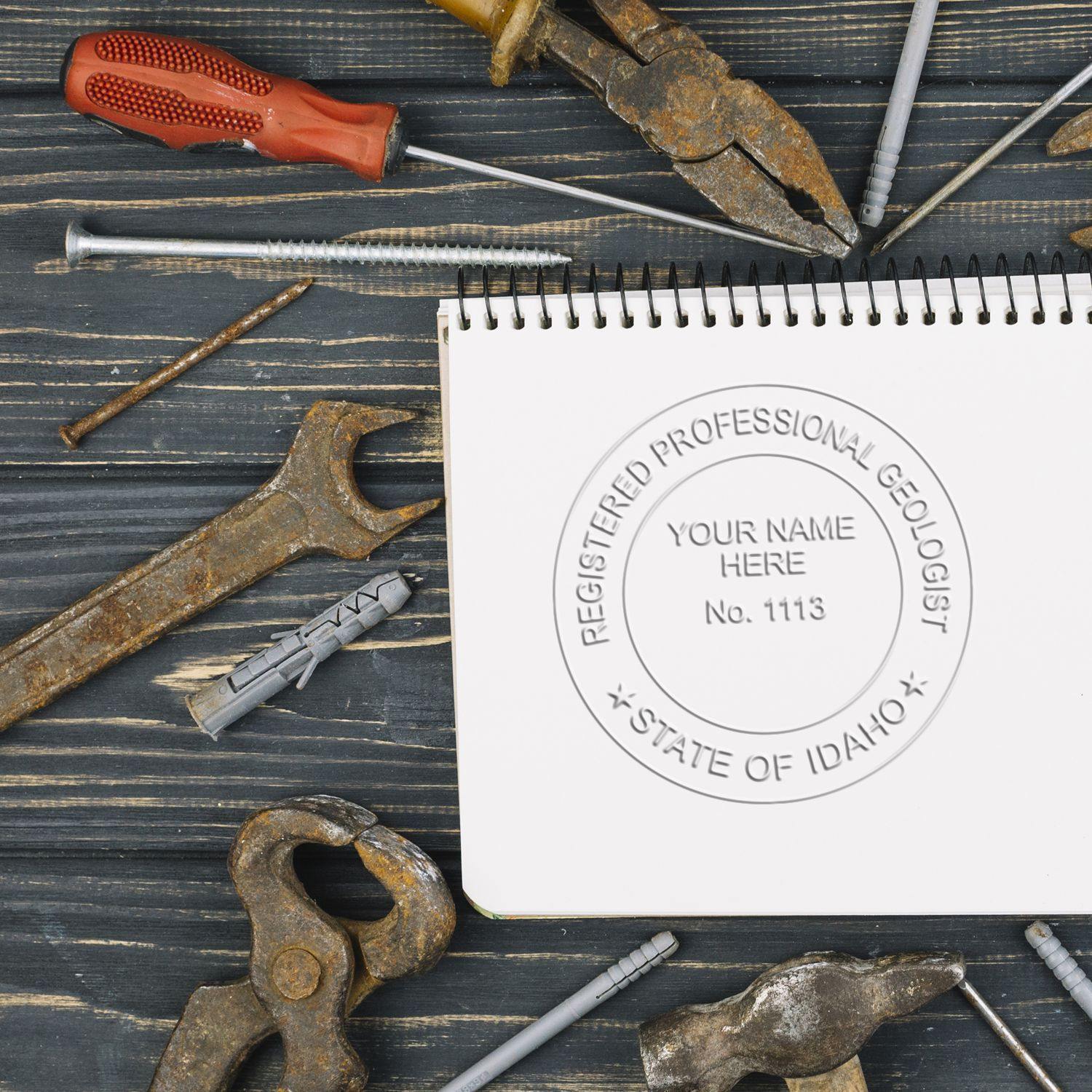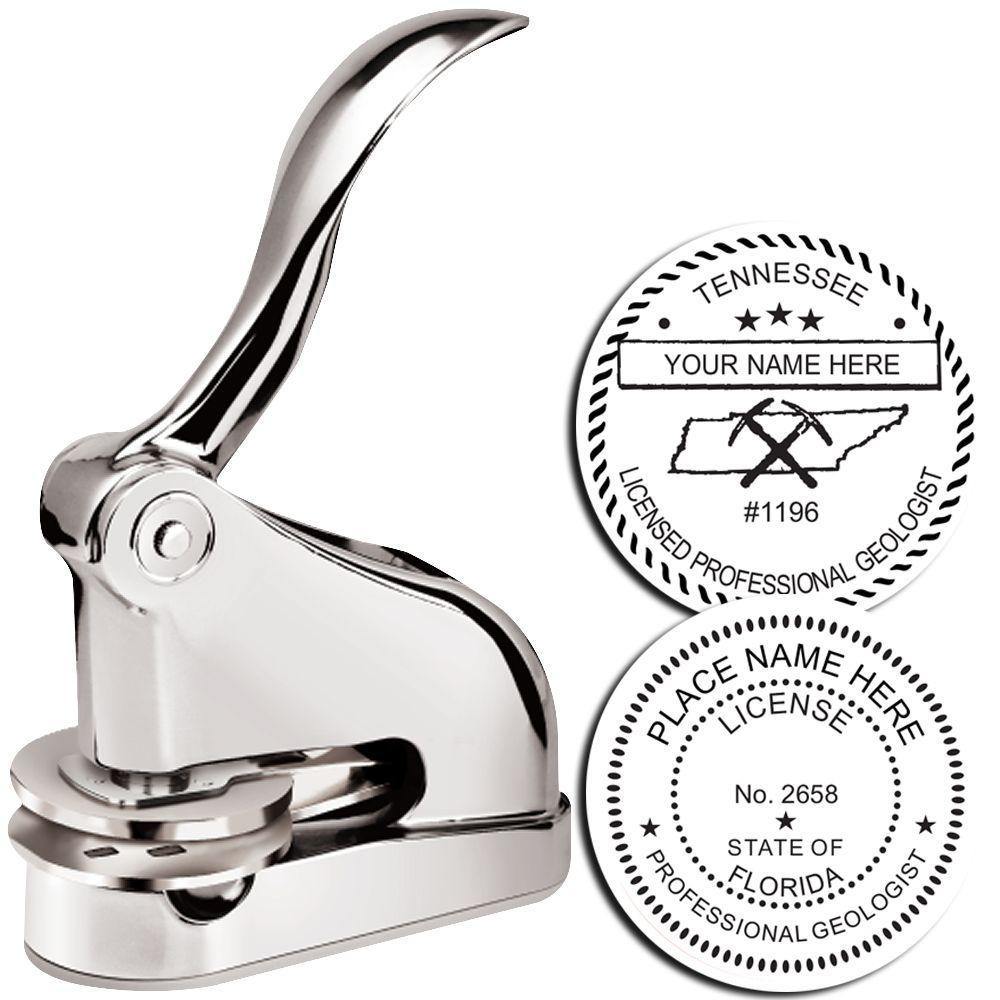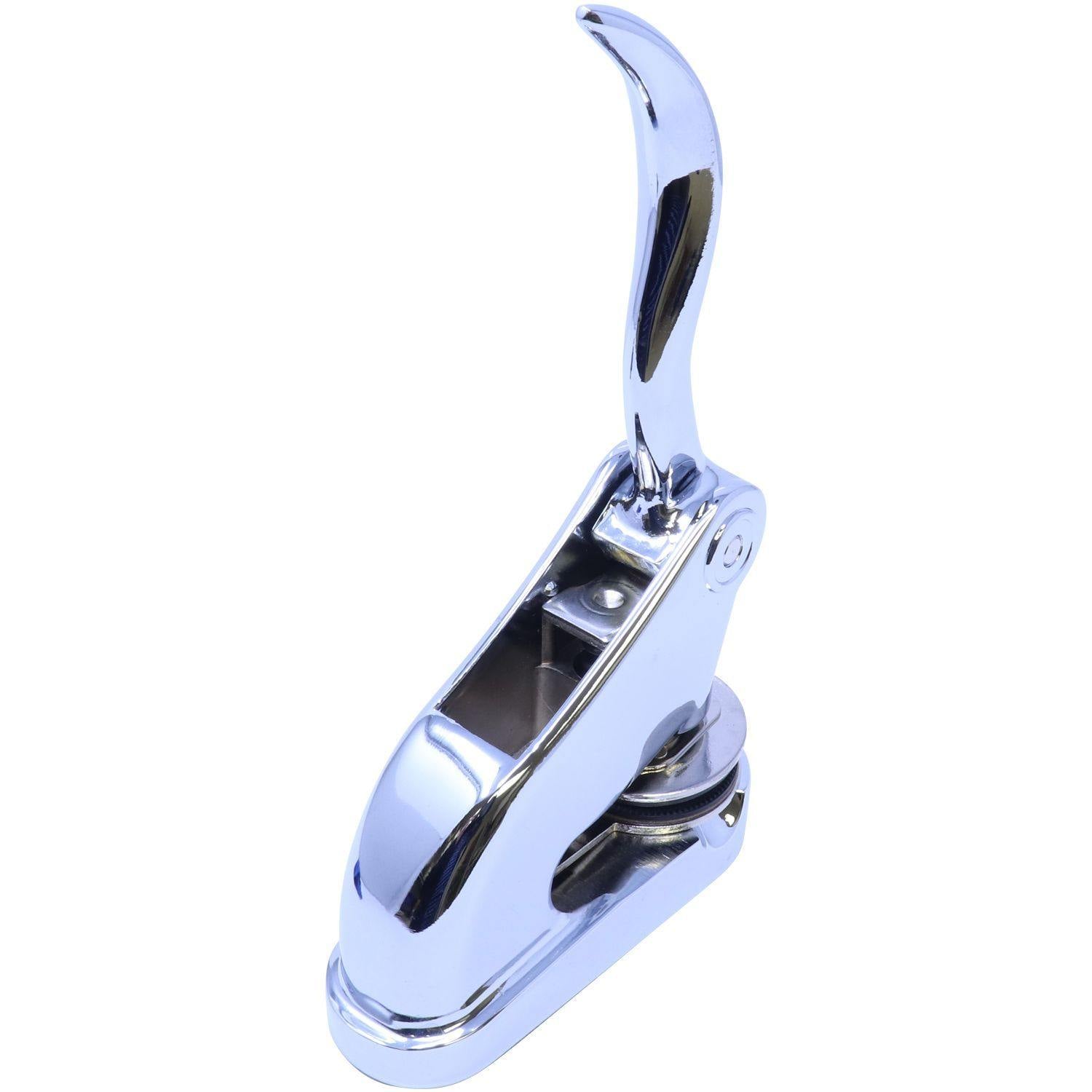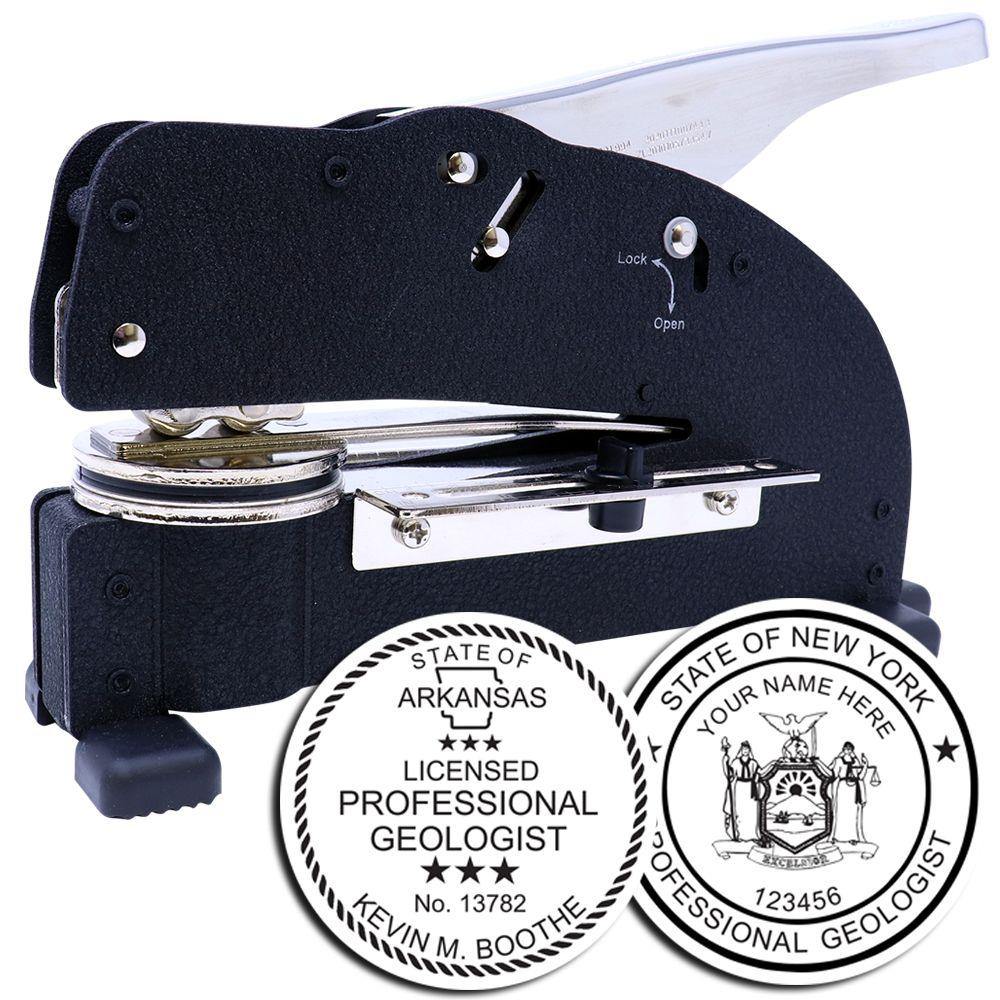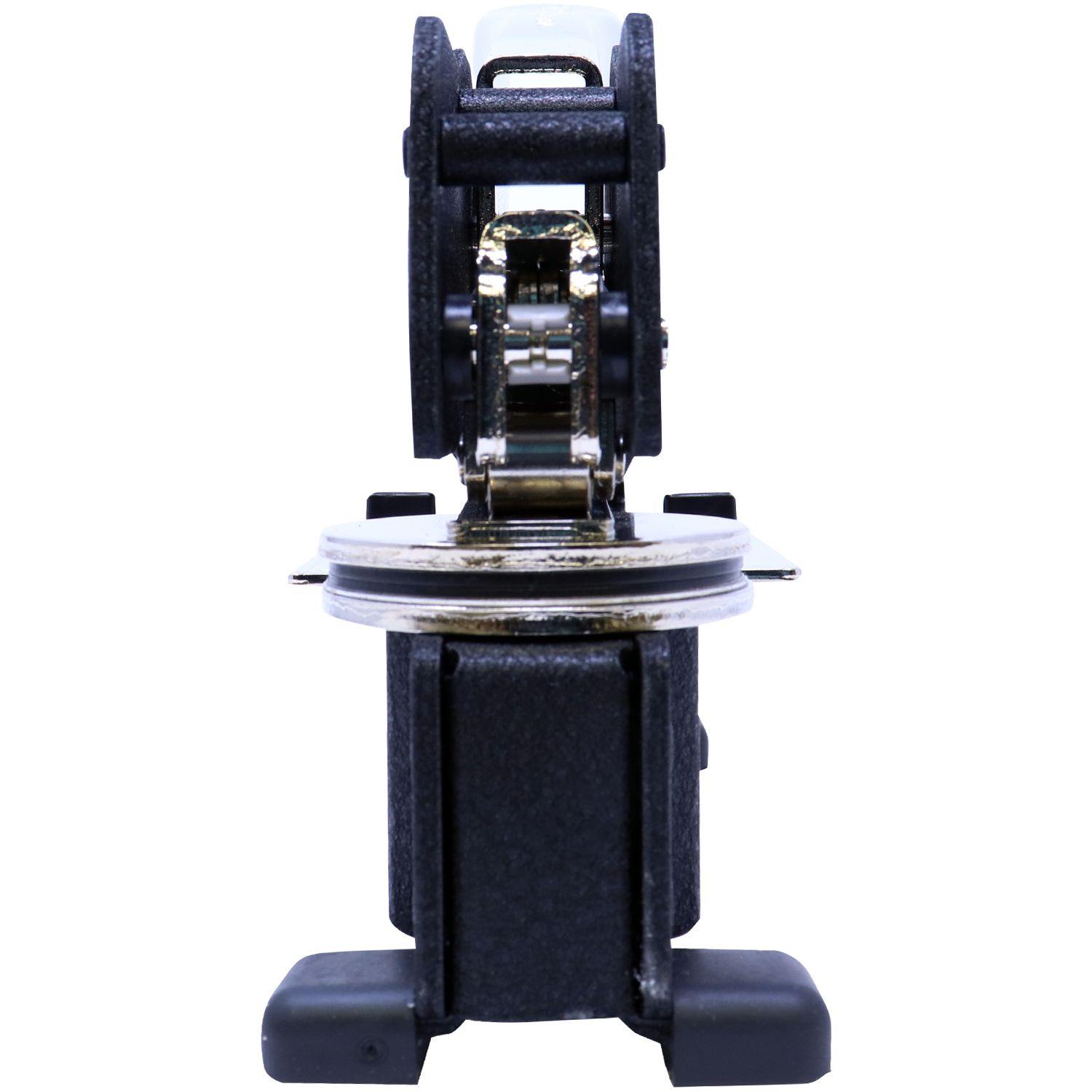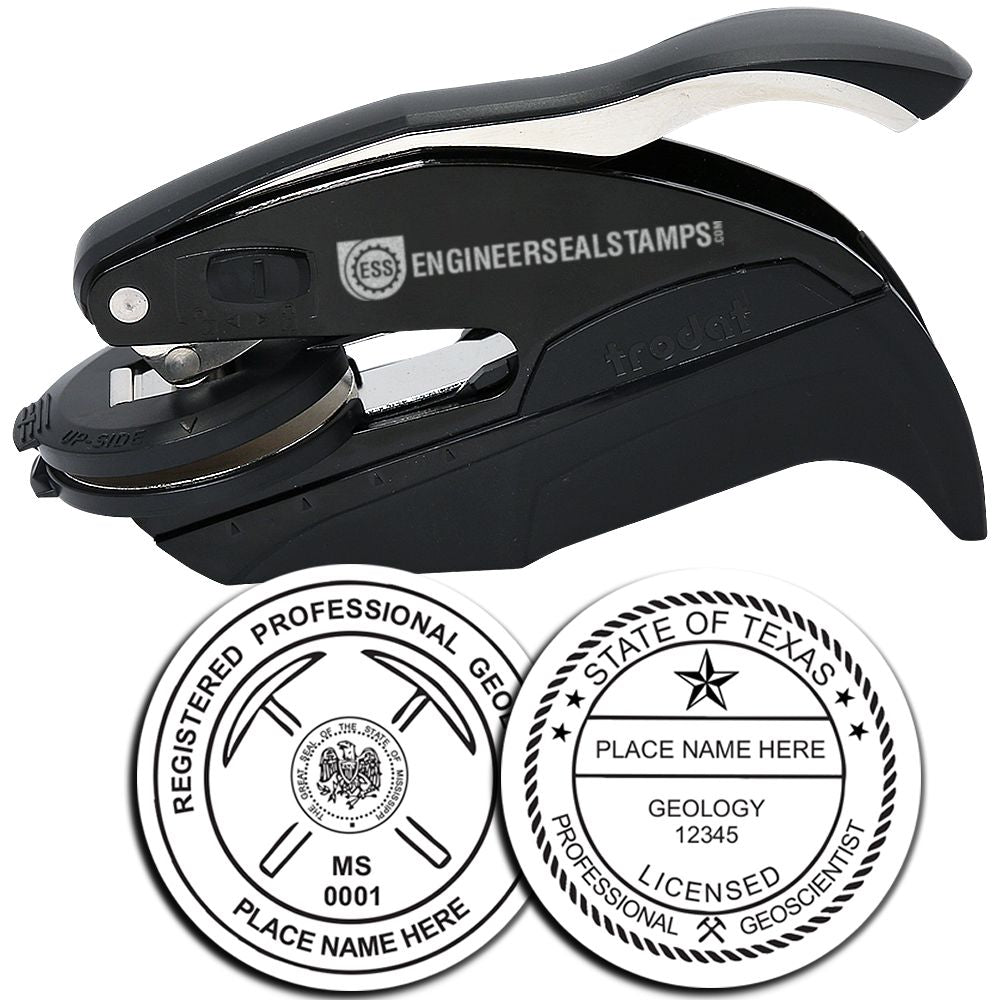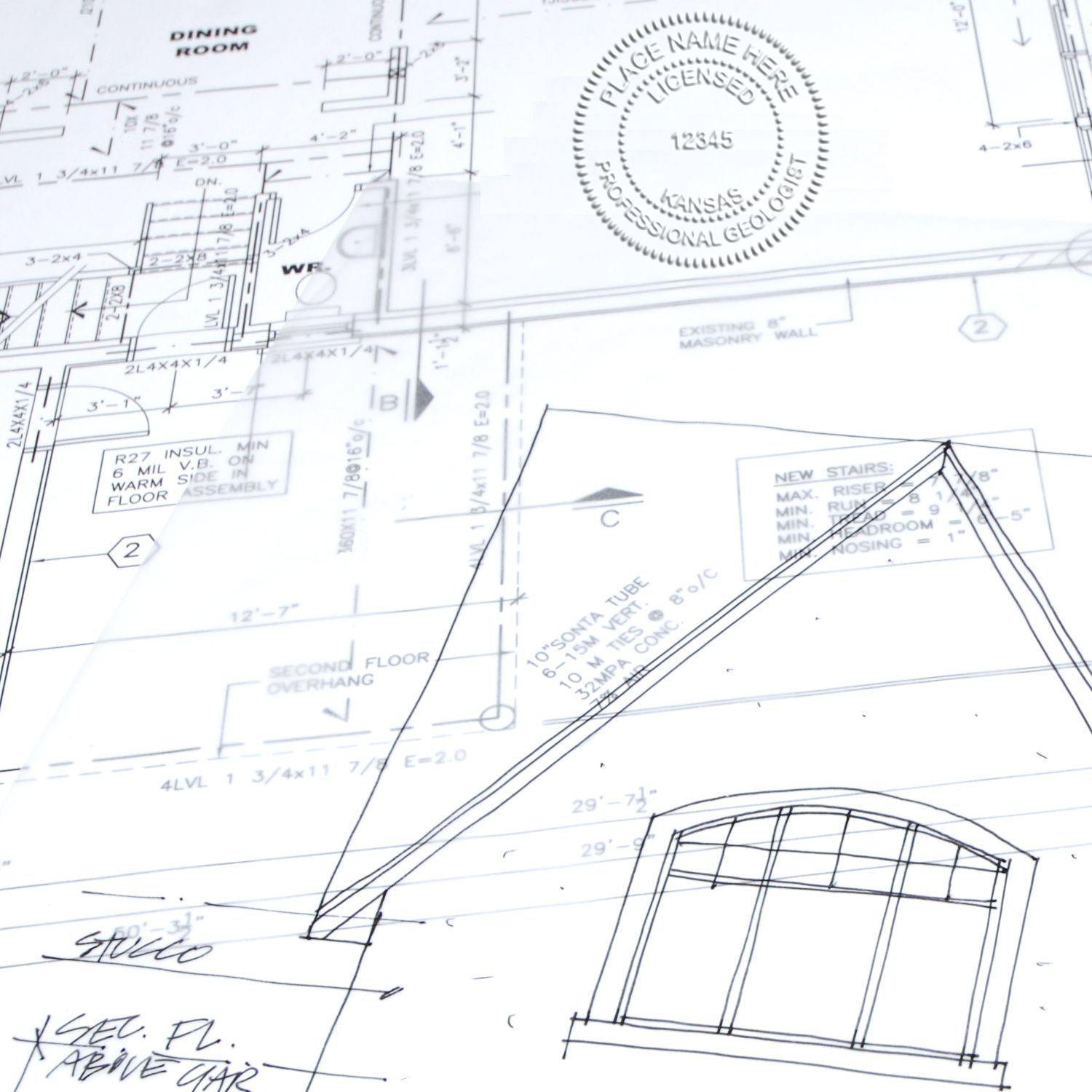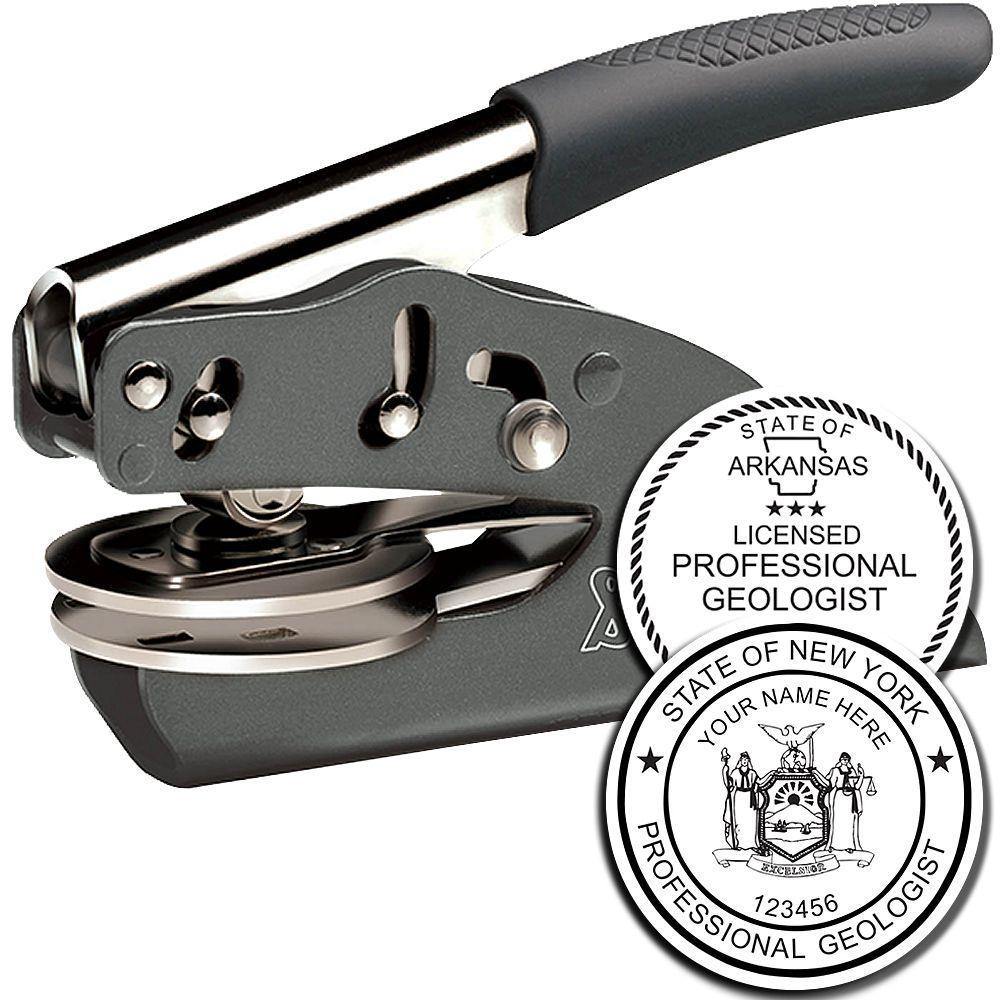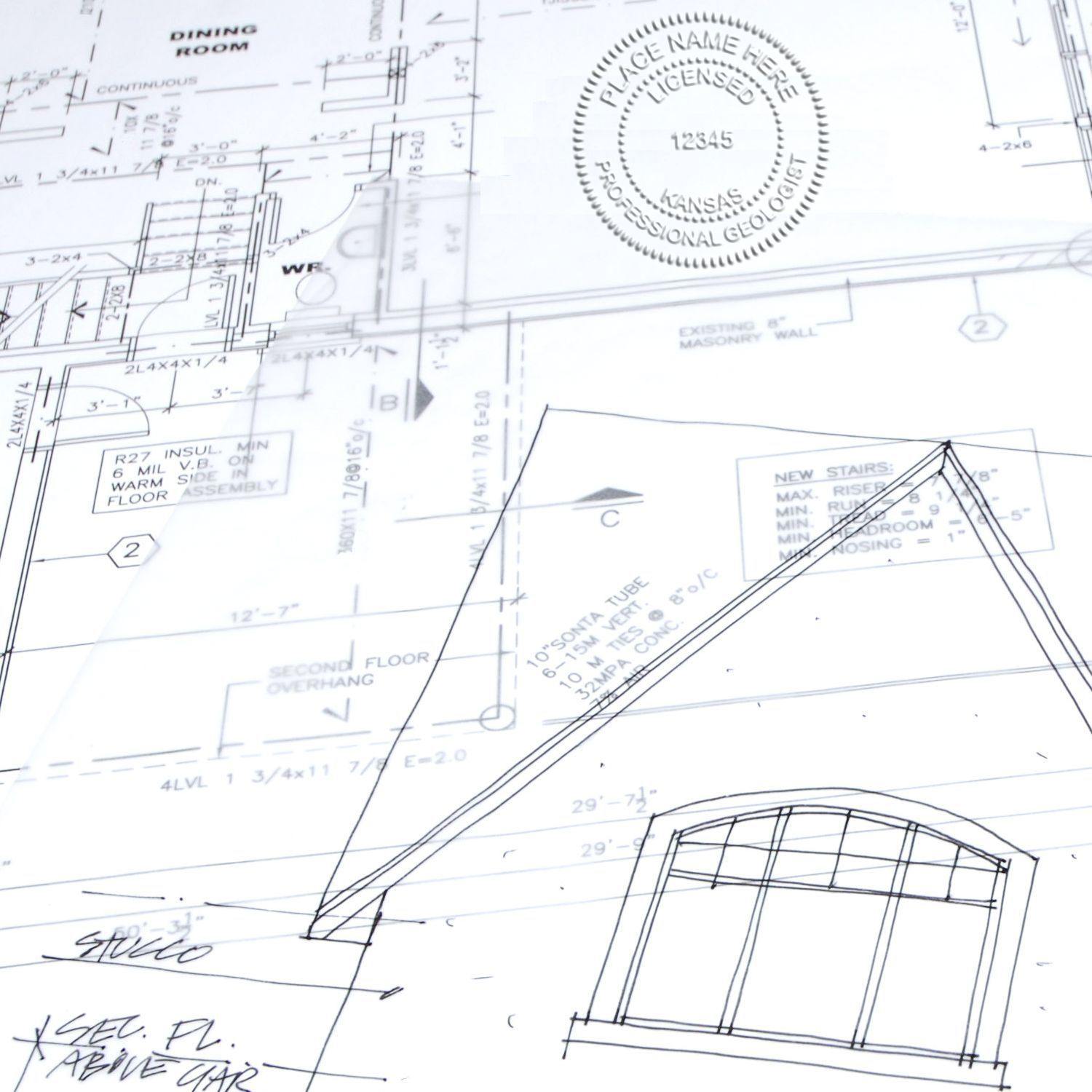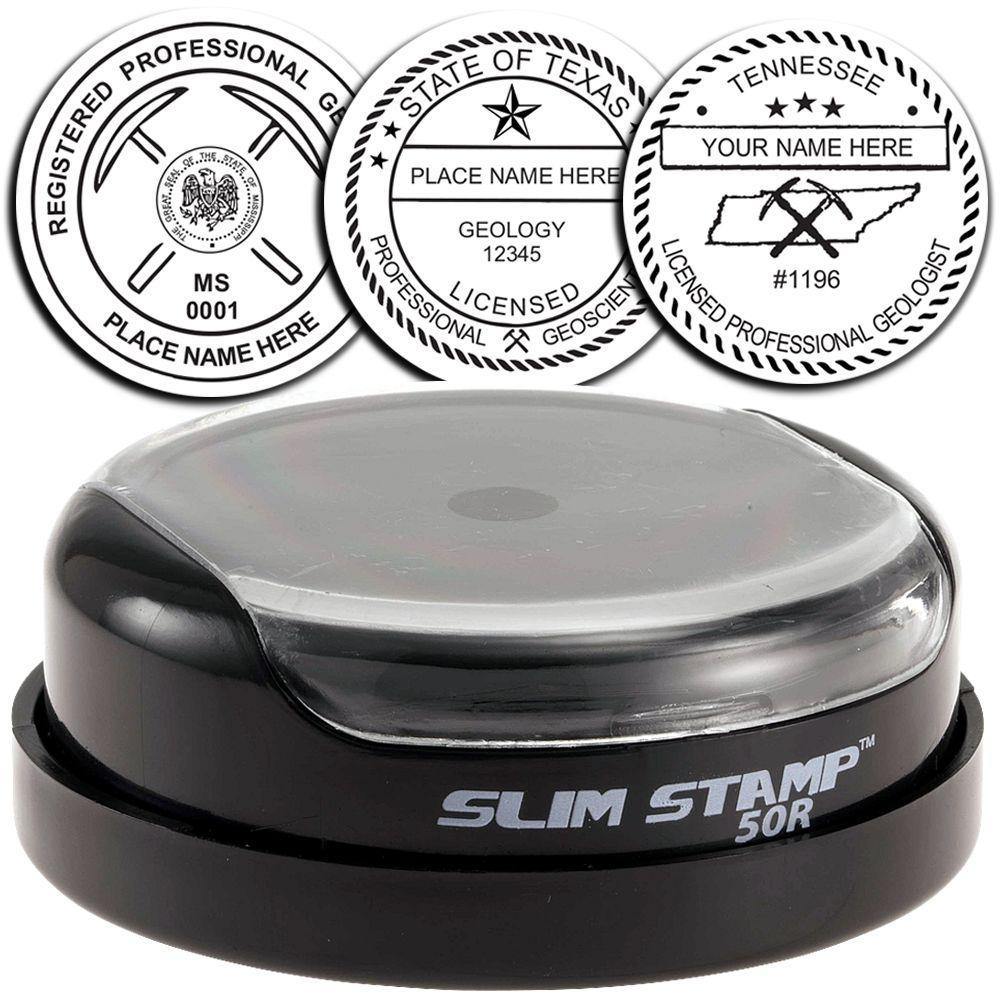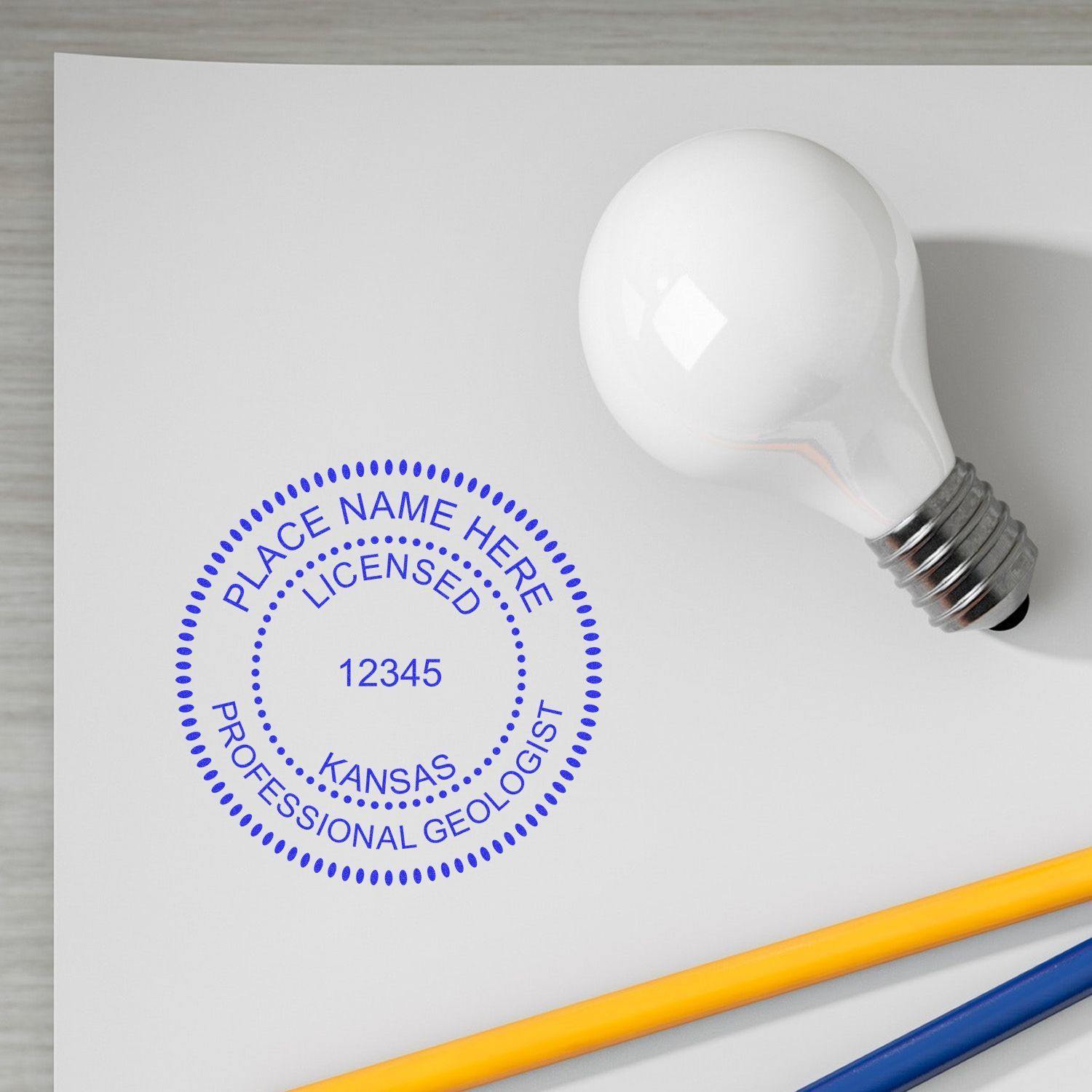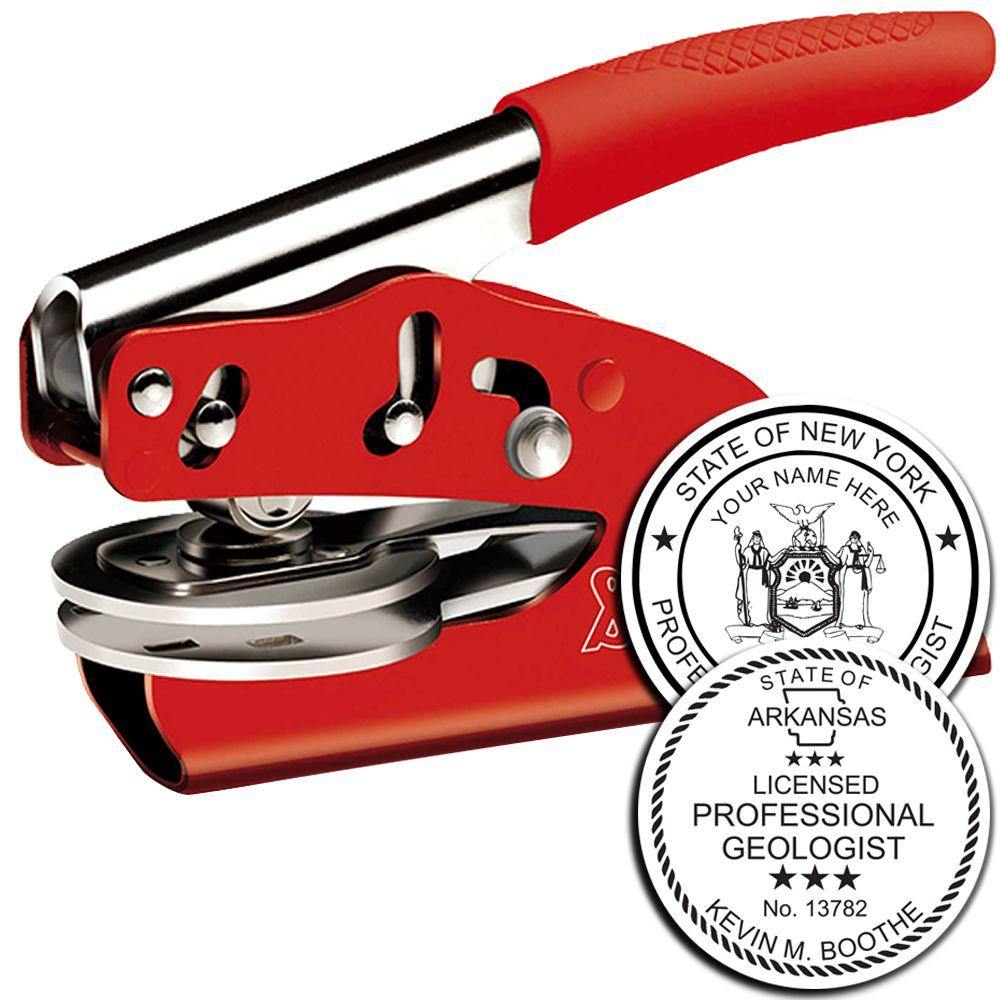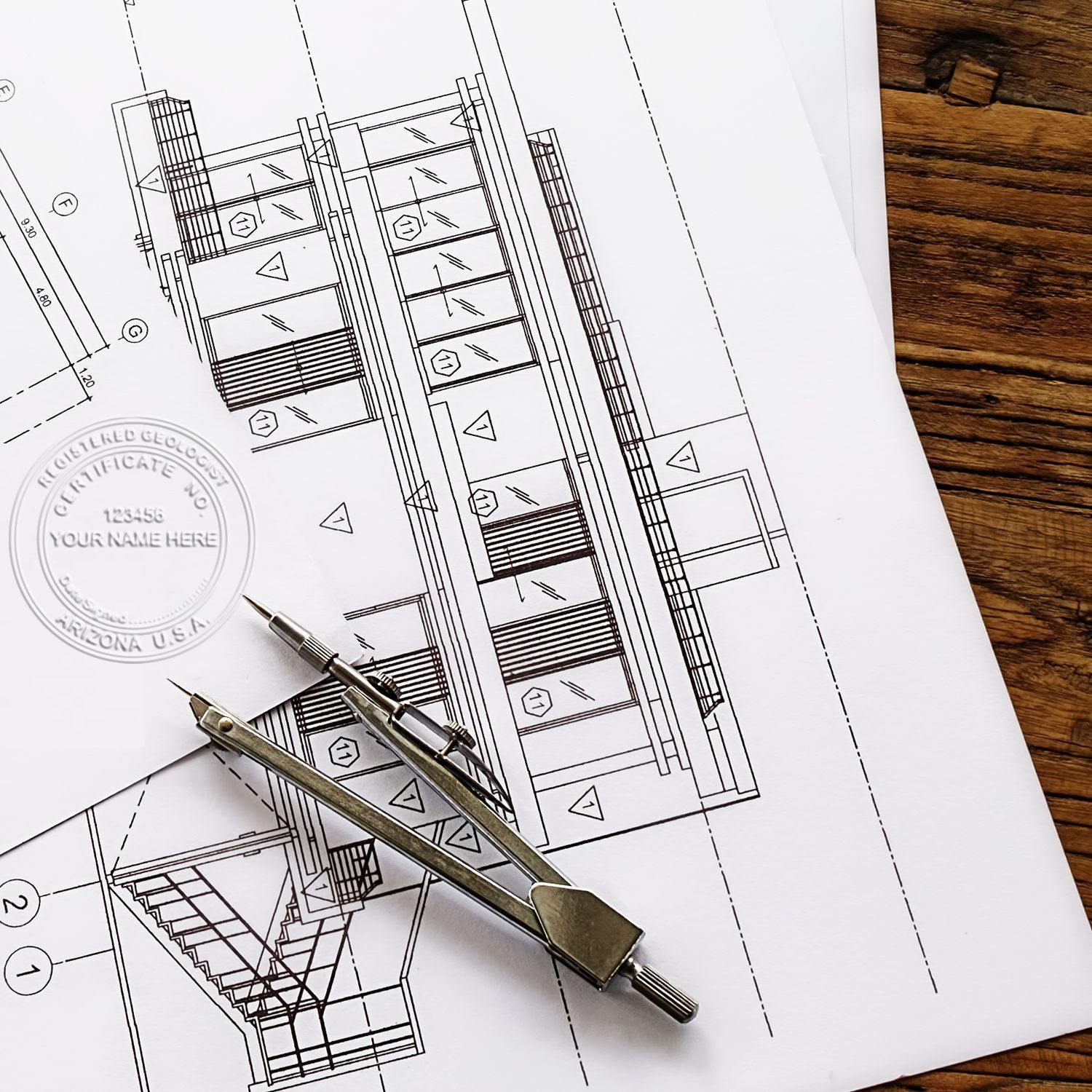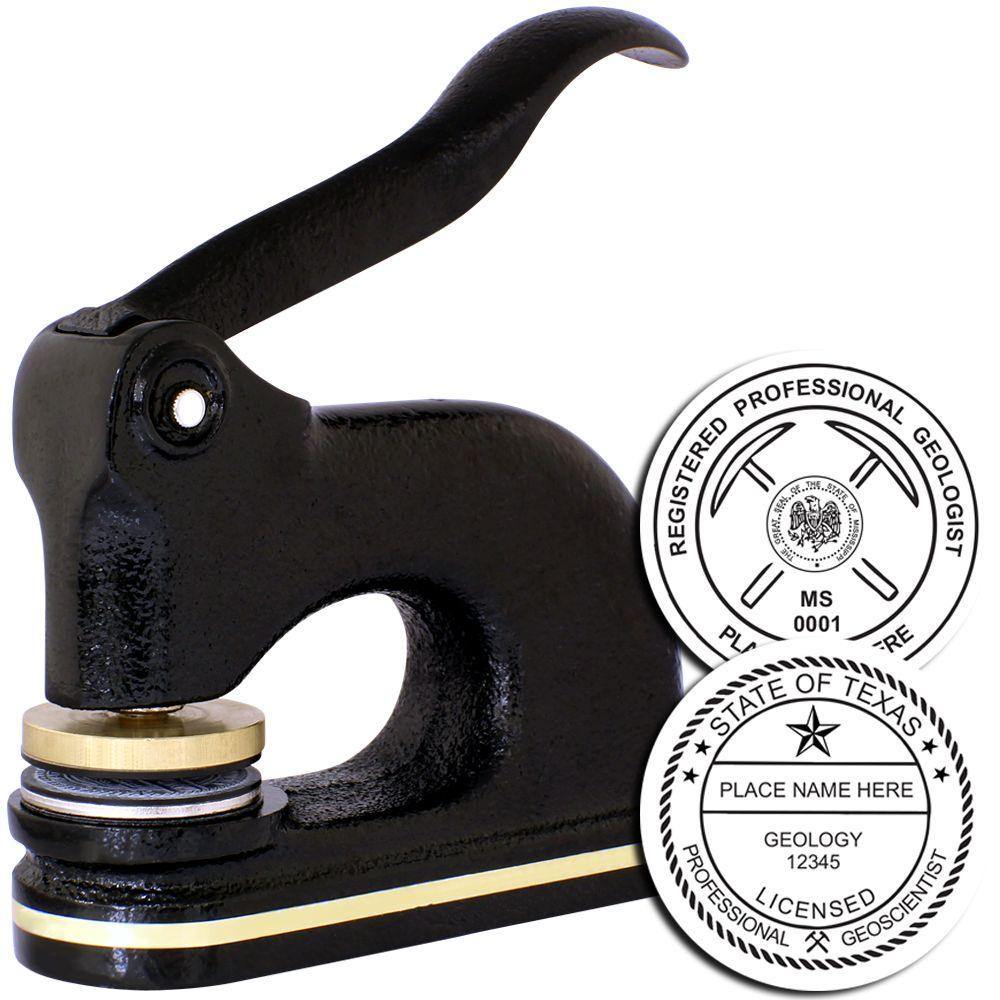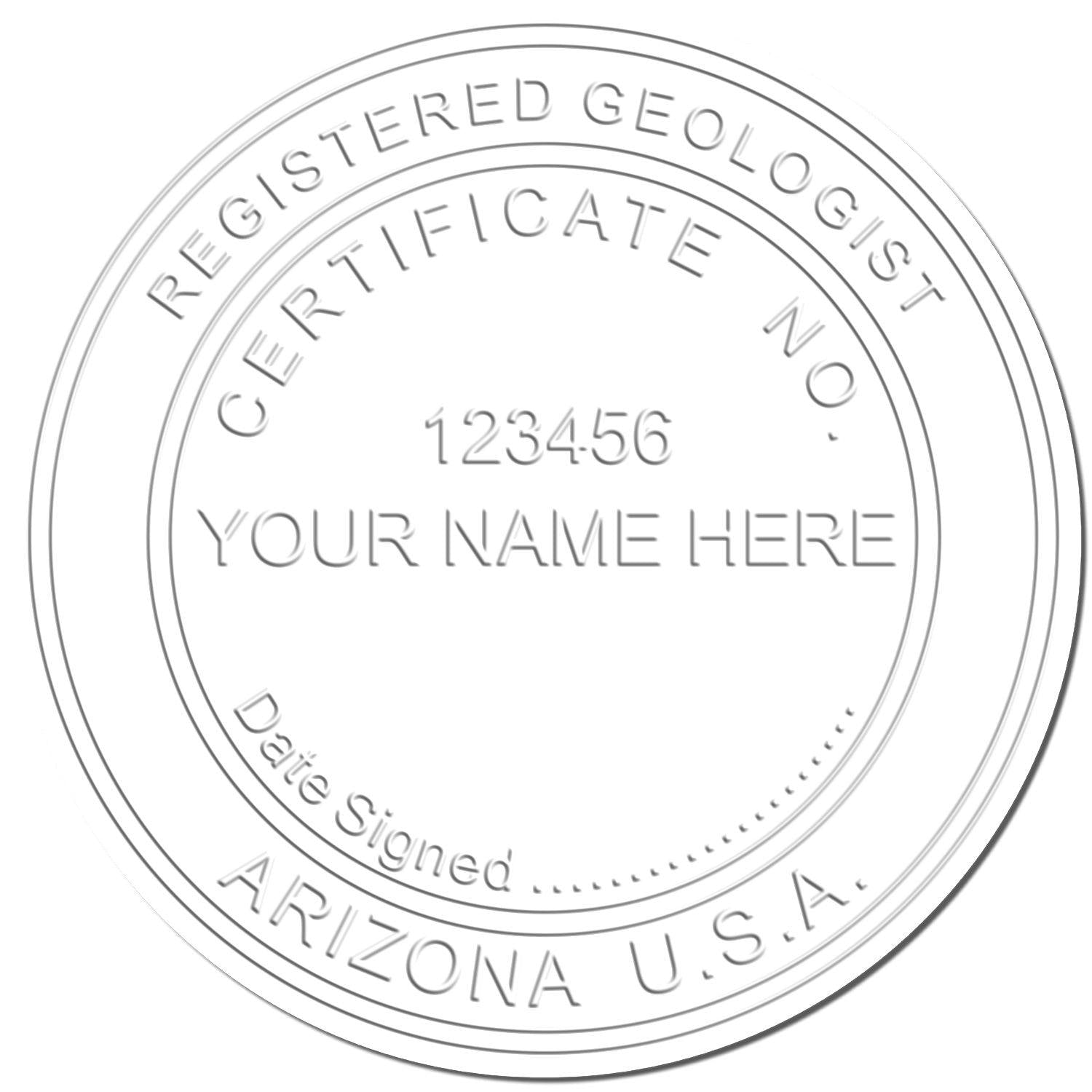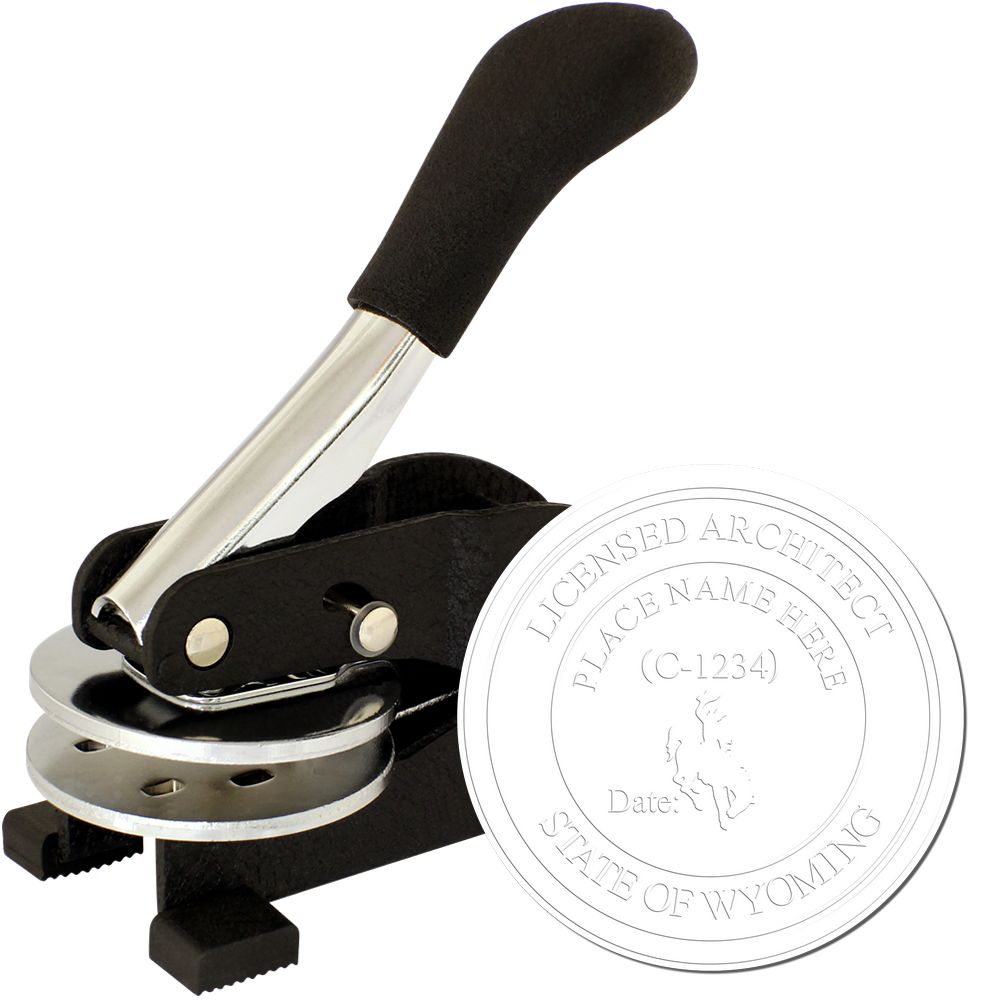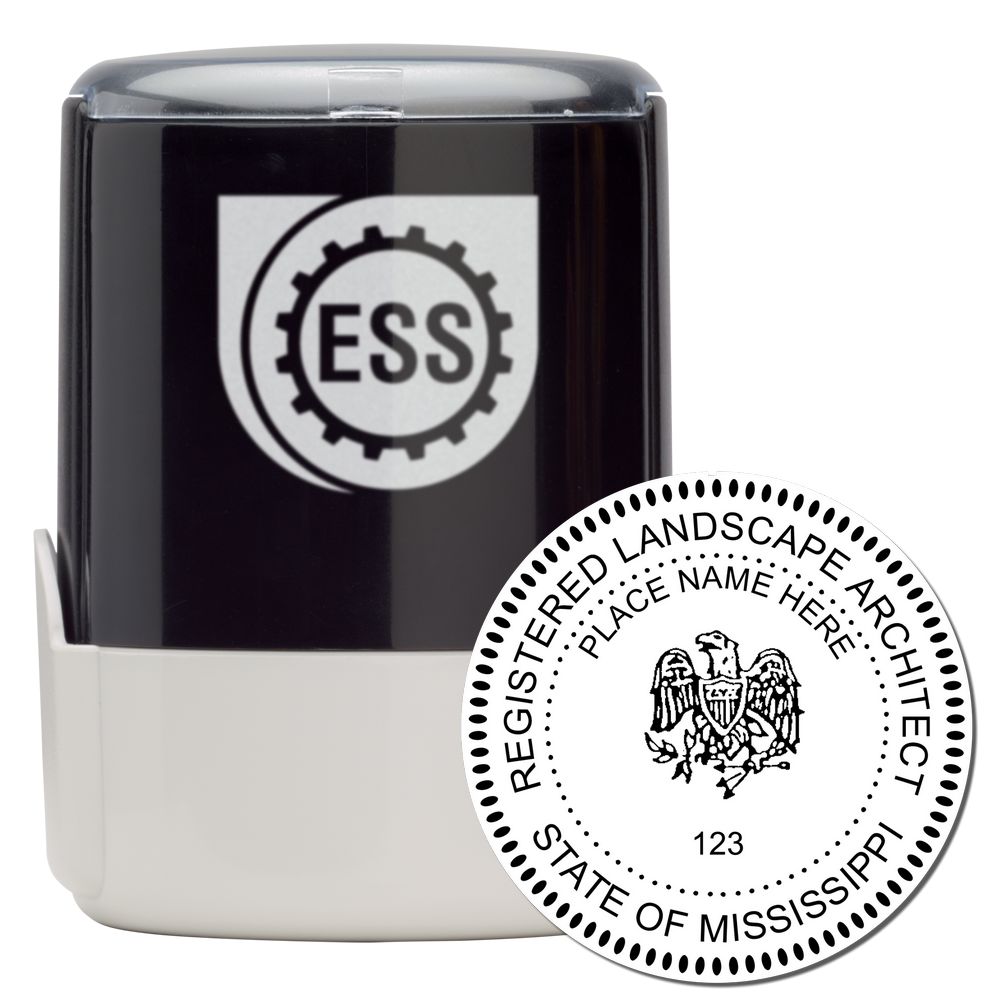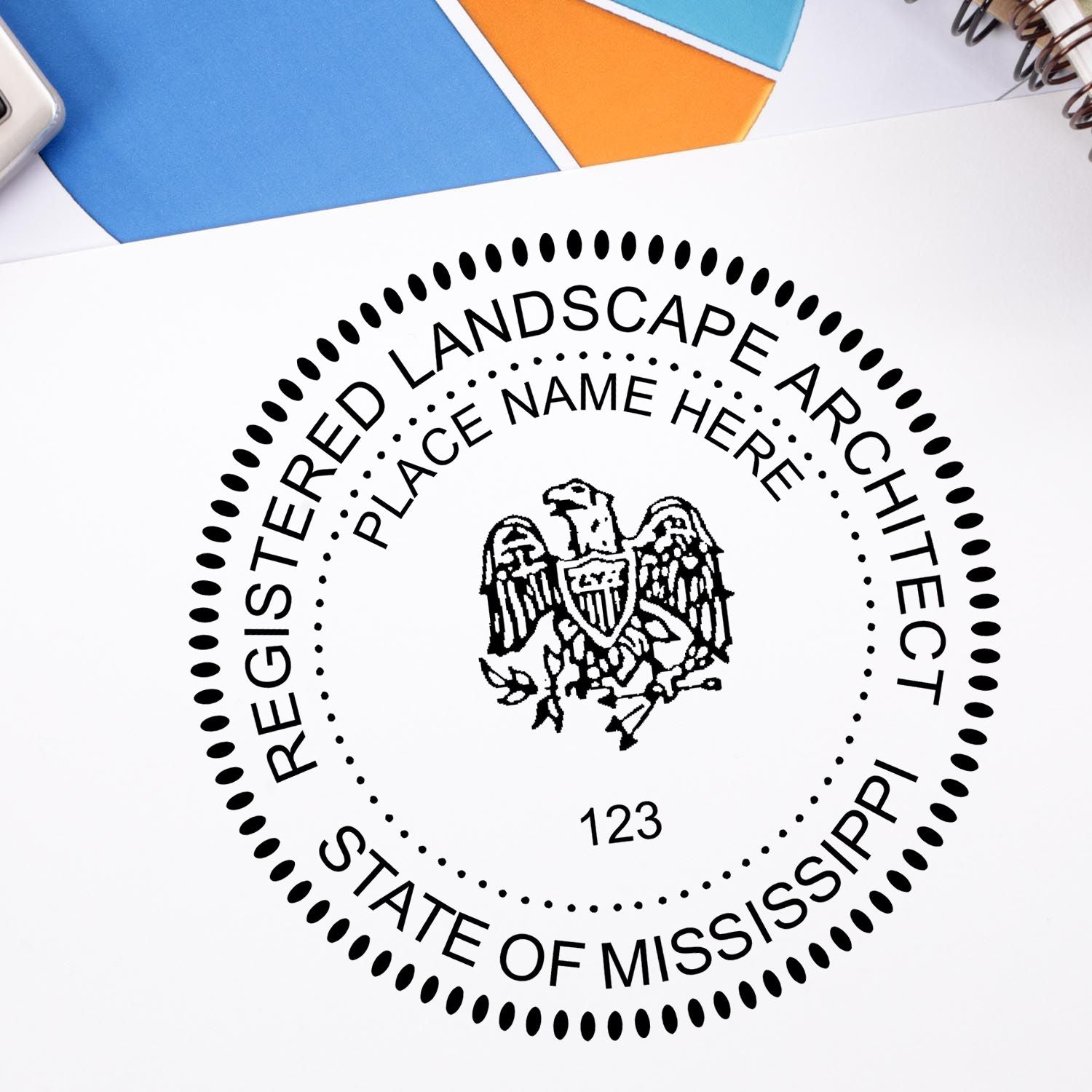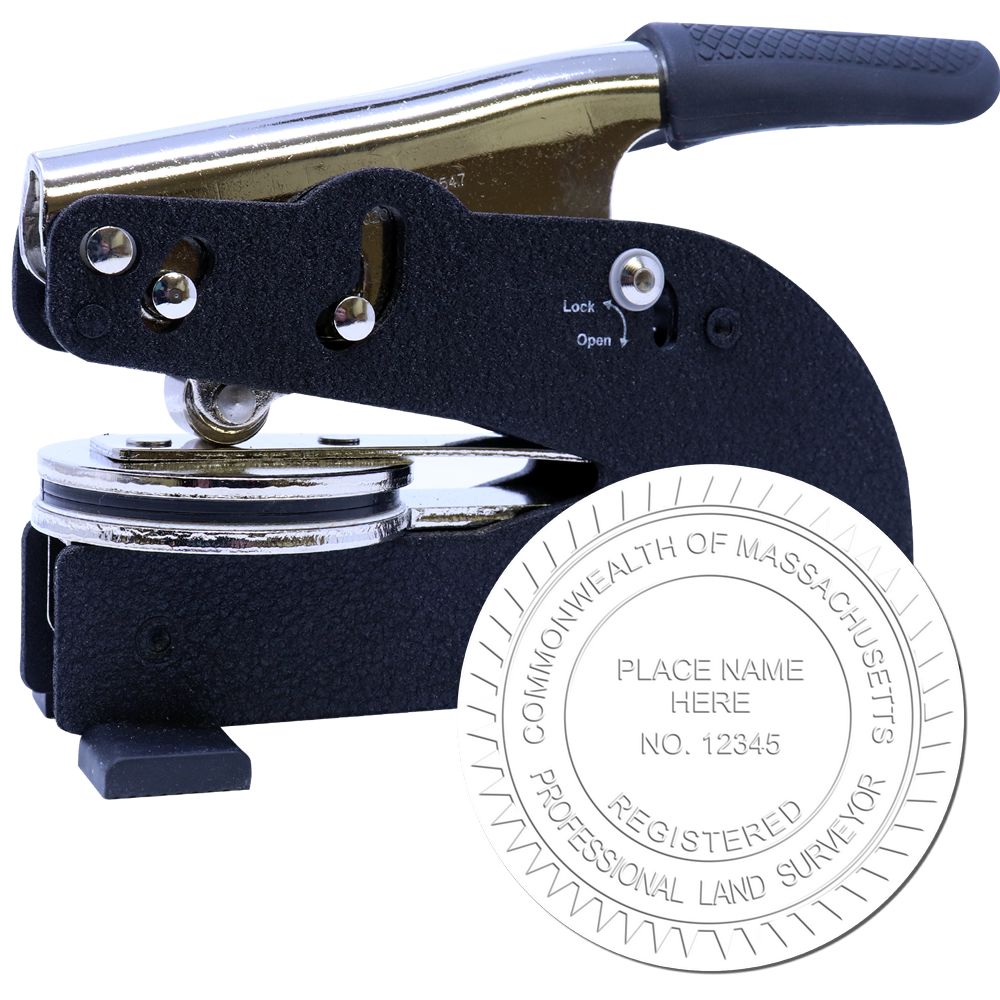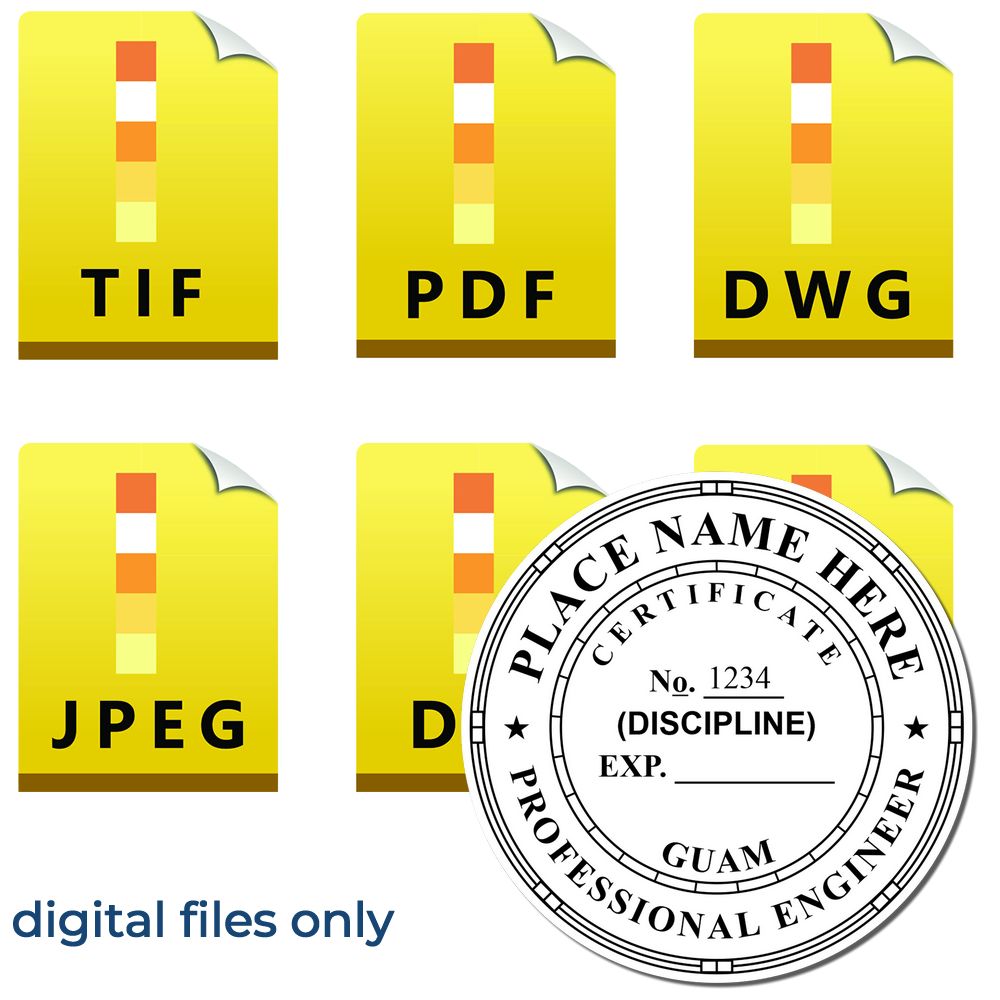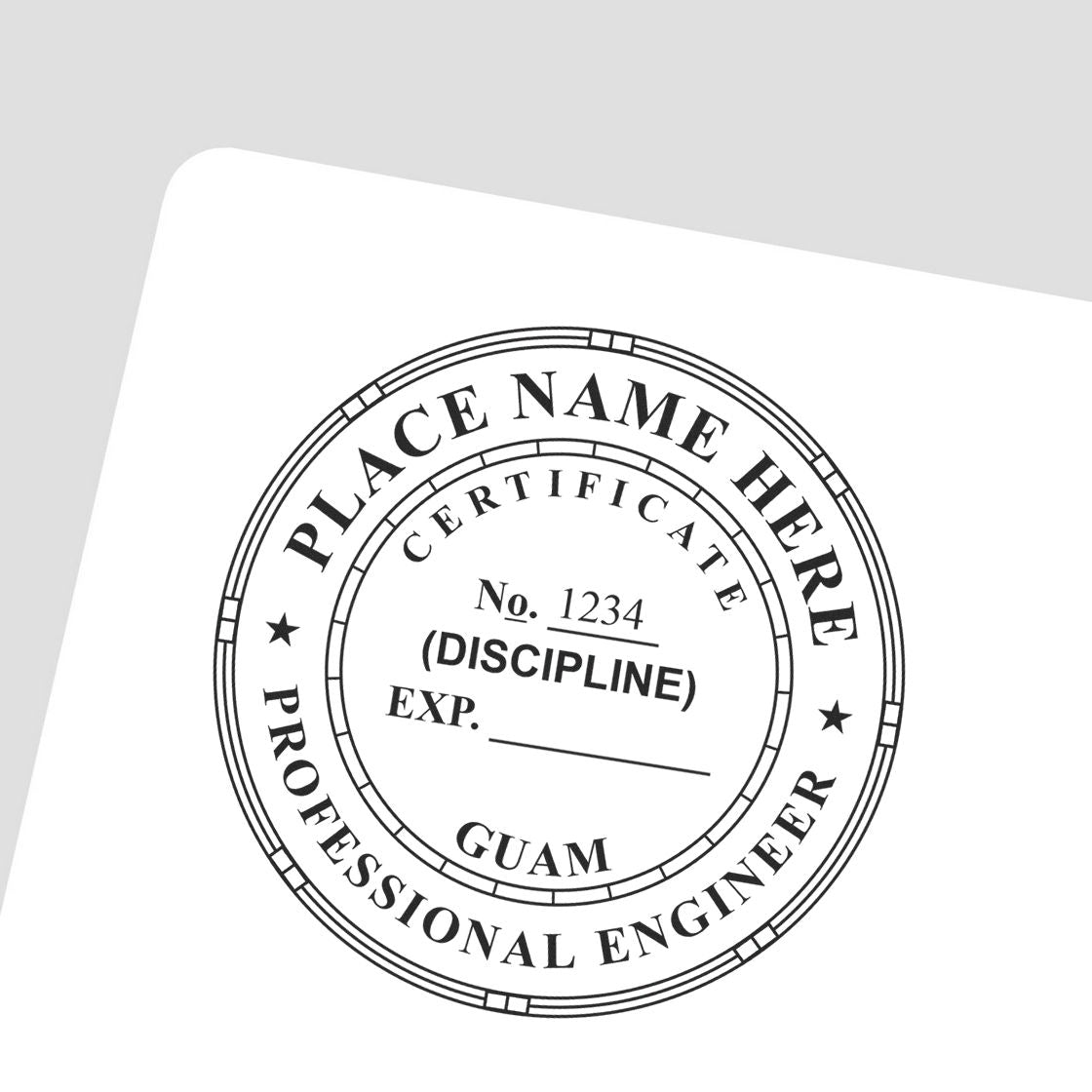The Significance of Geologist Stamps and Seals
Stamps and seals hold a place of great importance in the professional world, and geology is no exception. Geologist stamps and seals serve as a mark of authority, professional competence, and adherence to legal standards.
Professional Geologist: Role and Responsibilities
A professional geologist plays a crucial role in understanding and studying the Earth's solid and liquid matter. They work in various capacities, conducting field studies, interpreting data, and preparing scientific reports. Their work can influence important decisions related to natural resources, environmental protection, and public safety.
Given the weight of their responsibilities, professional geologists are expected to uphold the highest standards of integrity and competence. This is where the significance of geologist stamps and seals comes into play.
The Importance of Geologist Stamps and Seals
Geologist stamps and seals serve as a professional geologist's official signature. They validate the authenticity of documents and convey that the work has been conducted by a licensed professional. They are often required when submitting geological reports, plans, or other documents to regulatory bodies.
A well-designed geologist stamp or seal not only adheres to state regulations but also embodies the professionalism of the geologist. It is a reflection of the geologist's commitment to upholding the standards and ethics of the profession.
| Aspect | Importance |
|---|---|
| Authenticity | Validates the document by attesting that it has been prepared by a licensed professional geologist |
| Professionalism | Embodies the geologist's commitment to uphold the standards and ethics of the profession |
| Legal Compliance | Adheres to state regulations and is often required when submitting reports or plans to regulatory bodies |
Choosing the right geologist stamp design is crucial. It should incorporate essential elements such as the geologist's name, license number, and state of licensure. It must also be clear, legible, and designed for authority and professionalism.
The use of geologist stamps and seals is regulated by state laws, and geologists must ensure that their stamps and seals comply with the relevant geologist stamp regulations.
In conclusion, geologist stamps and seals are not just tools; they are symbols of professional integrity and competence. They play a vital role in maintaining the credibility of the profession and the trust of the public.
Understanding Geologist Stamp Design
When it comes to creating an effective geologist stamp design, understanding the fundamental components and the different types of stamps and seals used by professional geologists is key.
Key Components of a Geologist Stamp
A Professional Geologist Stamp consists of several essential elements that contribute to its uniqueness and credibility. These components include:
- Name of the Geologist: This should be the full, legal name of the professional geologist. It signifies the individual's identity and accountability.
- License Number: Each geologist is assigned a unique license number by the professional licensing board. This number is a critical element of the stamp, ensuring the traceability of the work.
- State of Licensure: The stamp should clearly indicate the state in which the geologist is licensed to practice. This is important because geologist licensure is state-specific.
- The phrase "Professional Geologist": This indicates the professional status of the geologist.
- Seal of the State: The State Seal or another approved design element must be present on the stamp, according to the regulations of the state in which the geologist is licensed.
It's important to note that the specific requirements for what needs to be included on a geologist stamp can vary from state to state. For specific requirements, refer to our article on geologist seal requirements.
Different Types of Geologist Stamps and Seals
There are several types of geologist stamps and seals available, each with its own advantages:
-
Rubber Stamps: These are the most basic type of stamp. They require an ink pad and offer flexibility in terms of ink color. However, they can sometimes lack the precision and neatness of other types.
-
Self-Inking Stamps: These stamps have an in-built ink pad, which automatically re-inks the stamp after each impression. They are convenient for repeated stamping.
-
Pre-Inked Stamps: Pre-inked stamps have the ink infused in the stamp material itself. They provide crisp, clear impressions and are ideal for detailed designs.
-
Seal Embossers: A geologist seal embosser creates a raised impression on the paper. These are often used in conjunction with a stamp for a professional and authoritative look.
| Type | Pros | Cons |
|---|---|---|
| Rubber Stamps | Flexible ink color | Requires separate ink pad |
| Self-Inking Stamps | Convenient for repeated use | Limited ink color options |
| Pre-Inked Stamps | Clear, detailed impressions | Longer re-inking process |
| Seal Embossers | Professional look | Requires more effort to use |
Choosing the right type of stamp or seal depends on your usage needs, the regulations of your state, and your personal preference. It's important to review all these factors when selecting your geologist stamp or seal. For more information on the regulations governing the use of geologist stamps, you can refer to our article on geologist stamp regulations.
Designing a Respectable Geologist Stamp
Creating an effective geologist stamp design requires a careful balance of essential components, clarity, and a professional look. In this section, we will delve deeper into these considerations.
Essential Design Elements
A respectable geologist stamp must include certain essential elements. These may vary by jurisdiction, but typically include:
- The full name of the geologist as registered.
- The designation "Professional Geologist" or its abbreviation "PG".
- License or registration number.
- The name of the jurisdiction (state or province) where the geologist is licensed.
For a more detailed discussion on the requirements, refer to our article on geologist seal requirements.
Designing for Clarity and Legibility
Clarity and legibility are key considerations in stamp design. A clear and legible stamp ensures that every detail is readable and understandable, which is crucial for official documentation. Here are some points to consider:
- Font: Opt for a clear and easy-to-read font. Avoid overly decorative or script-style fonts.
- Size: Ensure the font size is large enough to be legible, but not so large that it overwhelms the overall design. The size might also be determined by regulations, so check the geologist stamp regulations for your jurisdiction.
- Contrast: There should be a strong contrast between the stamp ink and the paper color to ensure legibility.
Designing for Authority and Professionalism
A geologist stamp represents the authority and professional standing of the geologist, so it should convey a sense of professionalism. This can be achieved through:
- Symmetry: A balanced and symmetrical design adds to the professional look of the stamp.
- Spacing: Ensure there is enough space between the elements of the stamp to avoid a cramped or cluttered look.
- Quality: Use high-quality materials and inks that stand the test of time and use. For more on this, see our article on the geologist seal embosser.
Creating a respectable geologist stamp design requires careful attention to detail. By considering the essential elements, designing for clarity and legibility, and emphasizing authority and professionalism, it's possible to create a geologist stamp that truly sets the standard.
Tips for Creating an Effective Geologist Stamp
Crafting a professional and effective geologist stamp design requires careful attention to detail. Here are some essential factors to consider during the design process: the size and scale, the material for longevity, and compliance with legal standards.
Using Right Size and Scale
The size and scale of your stamp are crucial for clarity and legibility. The design elements should be large enough to be easily read, but not so large that it becomes overwhelming. The size of the stamp will also depend on the required information that needs to be included, such as your name, professional license number, and the state of licensure.
A typical size range for a geologist stamp is between 1.5 and 2 inches in diameter. This range provides a balance between visibility and portability, ensuring that the stamp can be easily used and stored.
Considering Material and Longevity
The material of your geologist stamp is another important consideration. The stamp needs to be durable enough to withstand regular use over a long period. Materials like rubber, brass, or high-quality plastics are commonly used due to their durability and longevity.
For a more professional look and feel, consider investing in a geologist seal embosser. These devices create a raised impression on the paper, adding an additional layer of authenticity and professionalism to your documents.
Ensuring Compliance with Legal Standards
Perhaps the most critical aspect of creating a geologist stamp is ensuring that it complies with legal standards. Each state has specific regulations regarding the design and use of professional geologist seals and stamps. These regulations can affect various design elements, including the size, the included information, and even the color of the stamp.
Before purchasing your geologist stamp, make sure to familiarize yourself with the geologist seal requirements and geologist stamp regulations in your state. Compliance with these standards is not only a legal requirement but also a sign of professionalism and respect for your profession.
By taking the time to carefully design and create your geologist stamp, you can ensure that it serves its purpose effectively while also portraying a professional image. Remember, your stamp is more than just a tool; it's a reflection of your commitment to the standards and values of your profession.
Maintaining and Using Your Geologist Stamp
Once you have a well-designed geologist stamp, it's important to ensure its proper maintenance and correct usage. This not only prolongs the lifespan of the stamp but also ensures that the stamp leaves a clear, legible impression every time it is used.
Proper Care for Longevity
Maintaining your geologist stamp requires a few simple steps. First, it's important to clean the stamp regularly to prevent ink buildup, which can blur the stamp impression. Use a lint-free cloth to gently wipe away excess ink. Avoid using harsh chemicals that can damage the stamp material.
Storing the stamp properly is also crucial. Keep it in a cool, dry place away from direct sunlight. If it's a self-inking stamp, ensure the lid is closed when not in use to prevent the ink pad from drying out.
Lastly, it's essential to replace the ink pad or re-ink it when impressions start to fade. This ensures that the geologist stamp design remains clear and legible.
Guidelines for Stamp Usage
Using your geologist stamp correctly is equally important. Always ensure that the surface you're stamping is flat and stable to obtain a clear impression. Apply even pressure when stamping to prevent partial impressions.
Moreover, it's crucial to adhere to the geologist stamp regulations regarding the use of the stamp. This includes stamping only the documents you've worked on and authorized, and refraining from lending your stamp to others.
Importance of Consistent Application
Consistency in stamp usage is key in maintaining your professional image and credibility. Always use your stamp in the same orientation and ensure it's fully visible. A consistent, clear, and legible stamp impression not only showcases your attention to detail but also adheres to the geologist seal requirements.
Furthermore, if you have multiple types of stamps, such as a traditional rubber stamp and a professional geologist seal embosser, ensure that the design and impression of all stamps are consistent. This enhances the recognizability and authenticity of your documents.
Proper maintenance, correct usage, and consistent application of your geologist stamp play a crucial role in enhancing your professional image and credibility. These practices also ensure your stamp remains in good condition, providing clear and legible impressions over a long period of time.
About ESS
At Engineer Seal Stamps, or ESS, we intertwine craftsmanship with commitment. As esteemed makers of custom rubber stamps, professional seals, and notary stamps, we pride ourselves on delivering products that stand as a testament to our dedication to quality. But our distinction lies in our approach to service: our unwavering commitment to stellar customer service ensures that every interaction, every detail, and every product is meticulously handled with you in mind. Furthermore, we confidently stand behind our products, offering a state board guarantee on our entire range. With ESS, you're not just making a purchase; you're investing in reliability, precision, and a legacy of unparalleled service.

